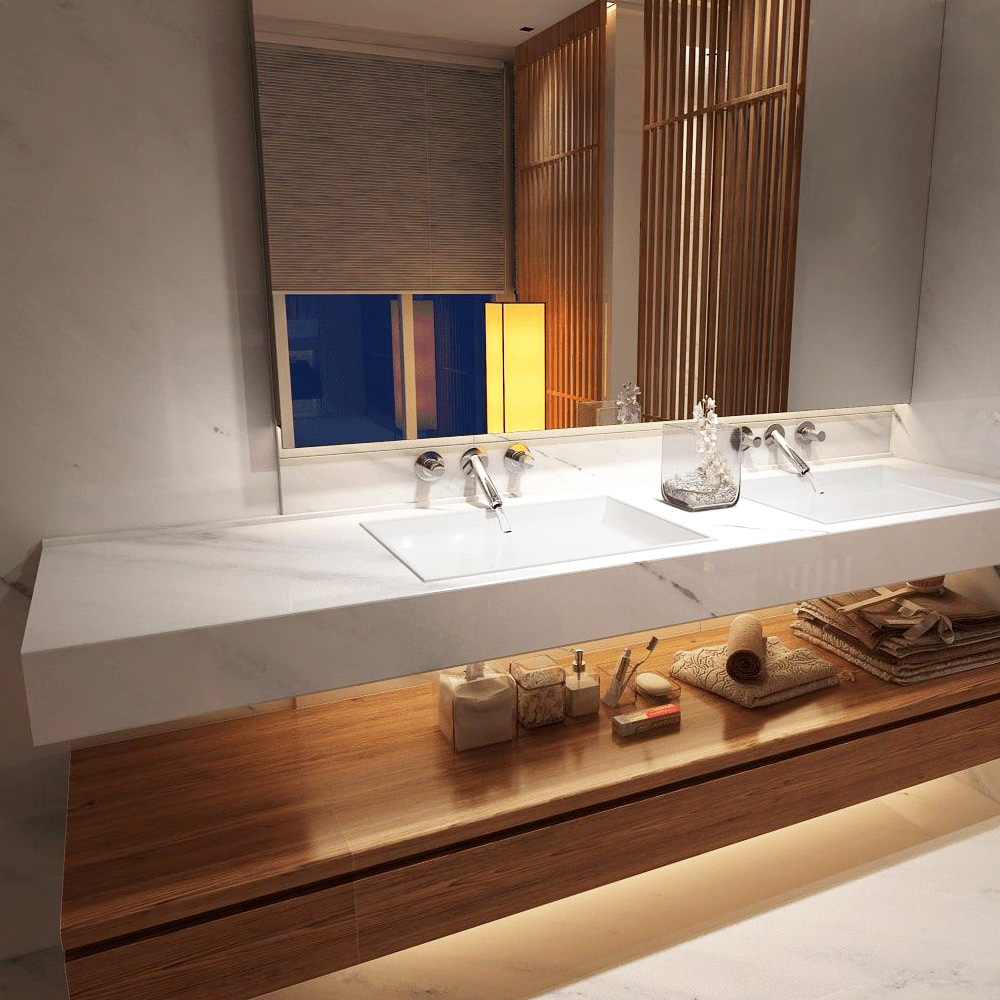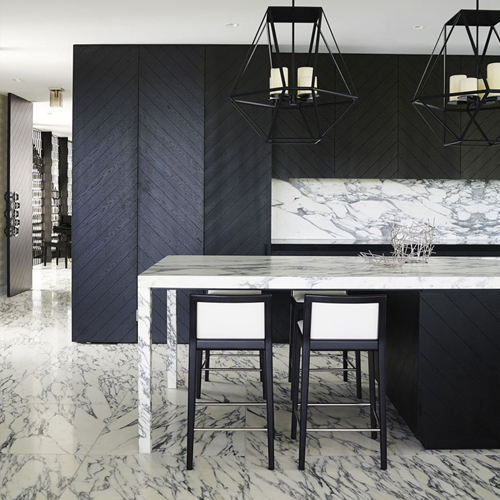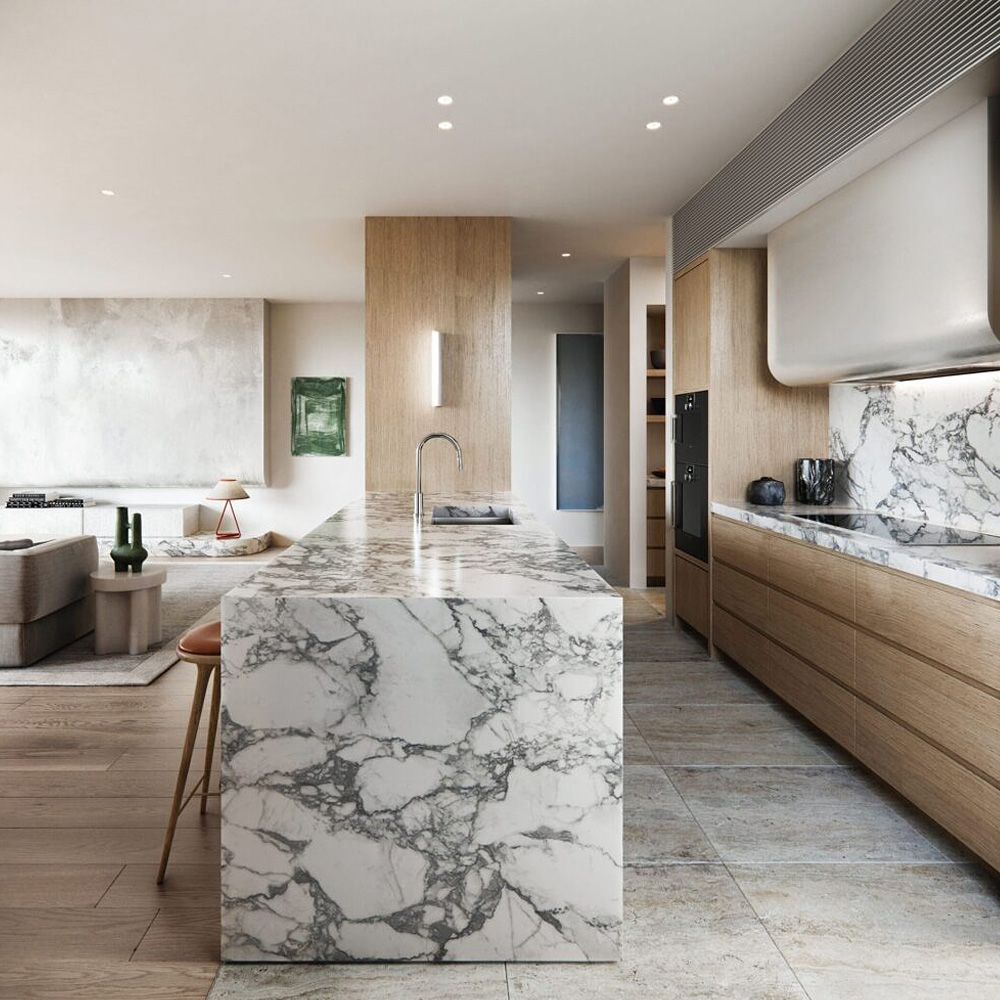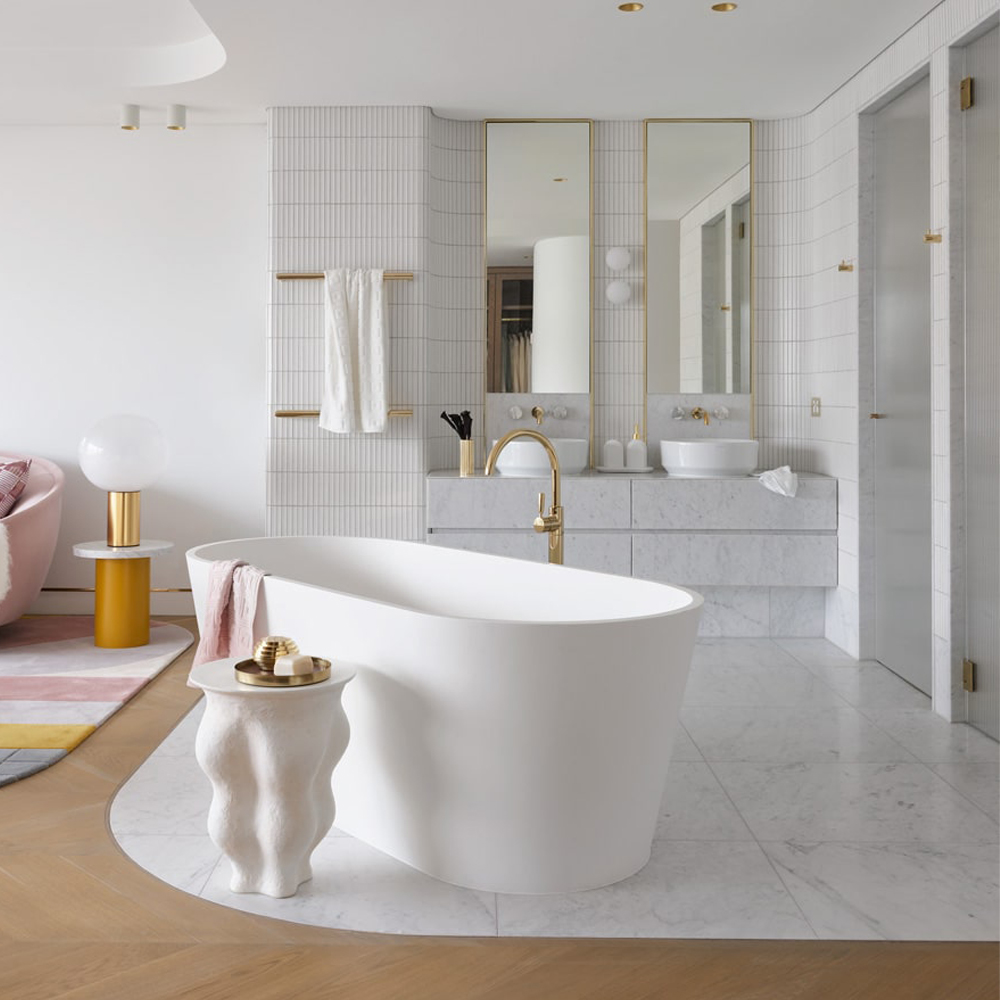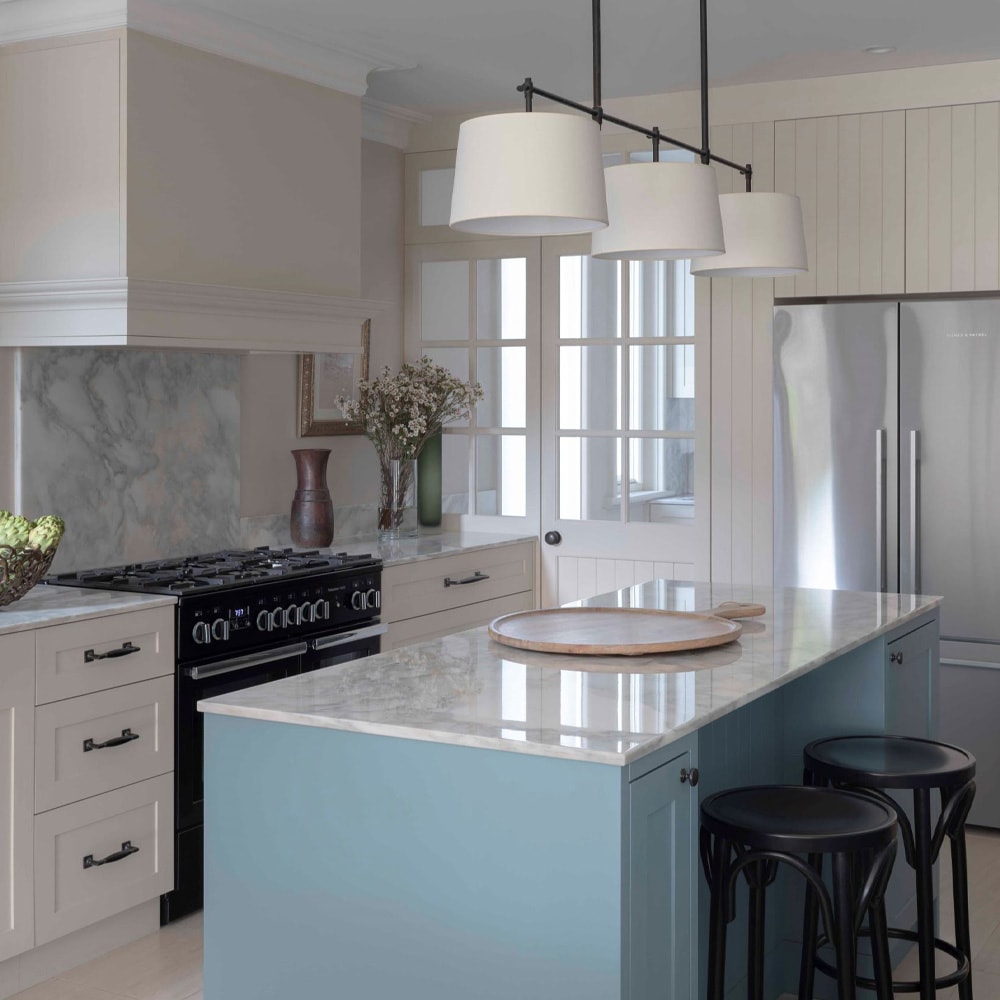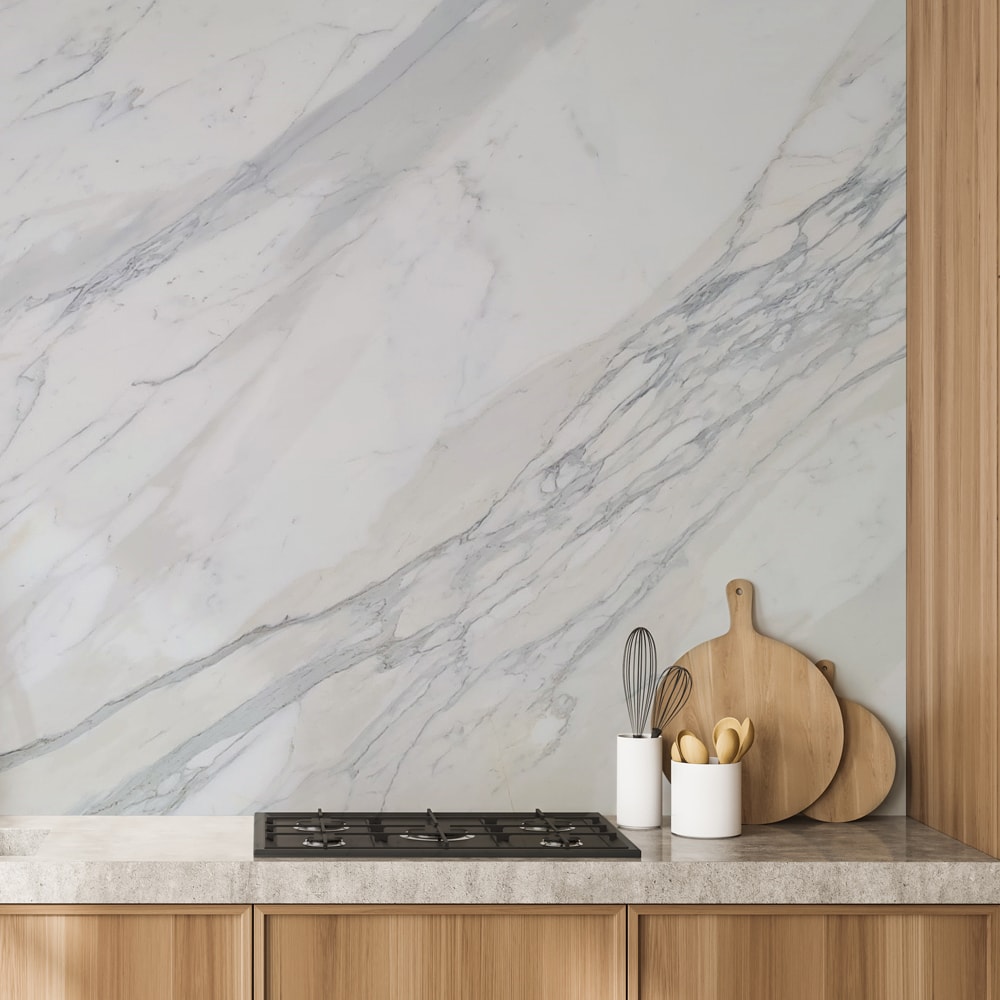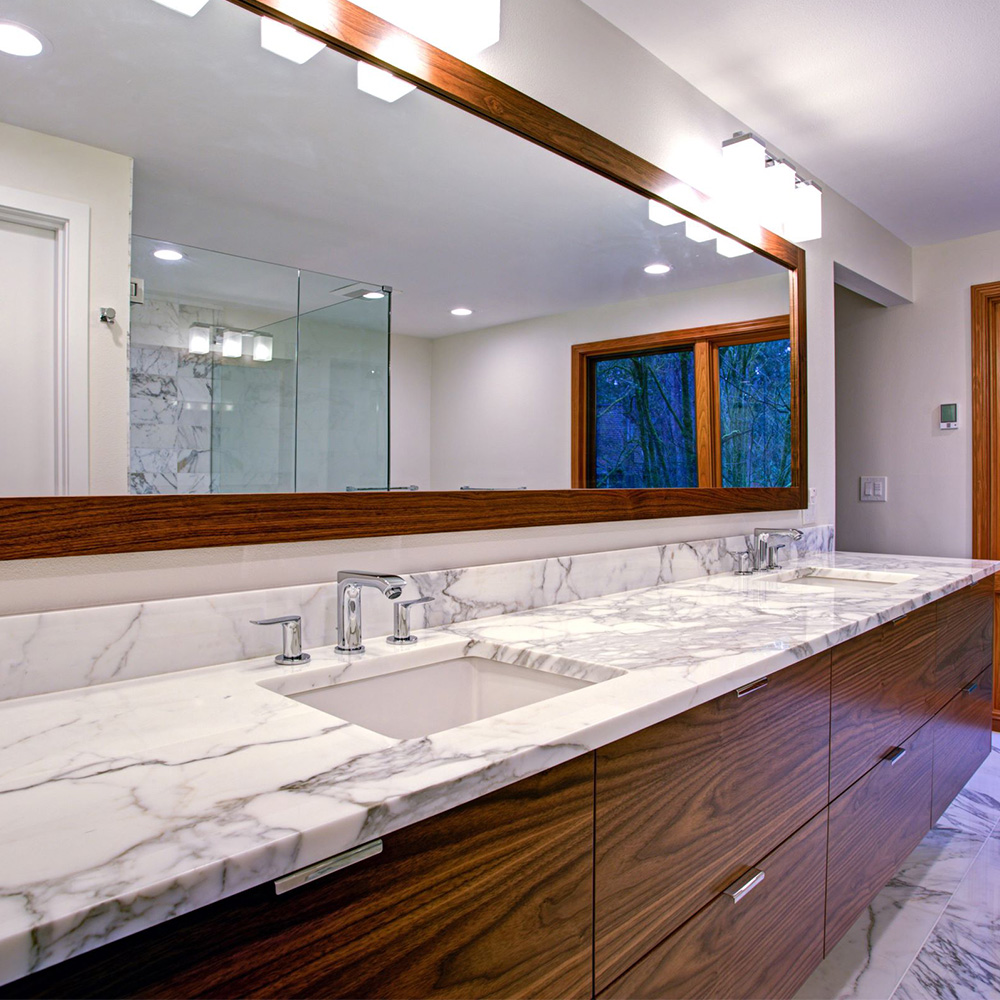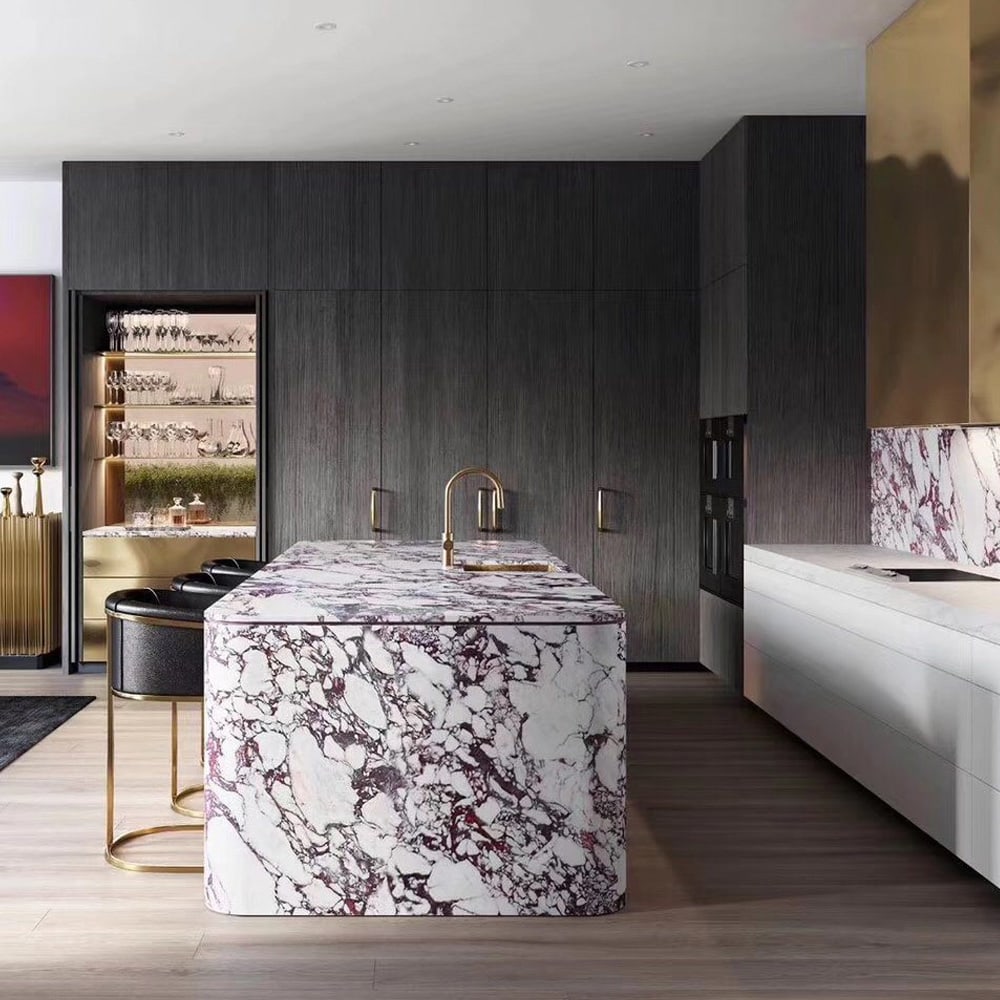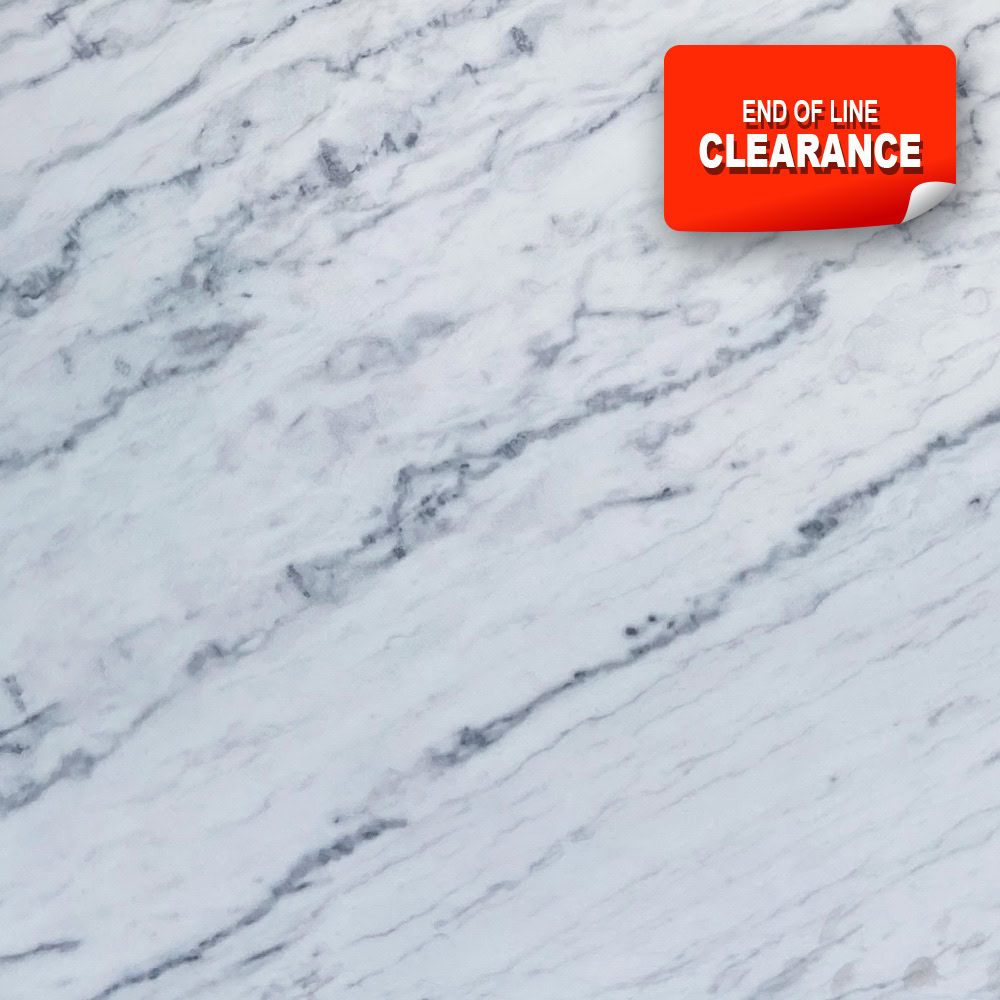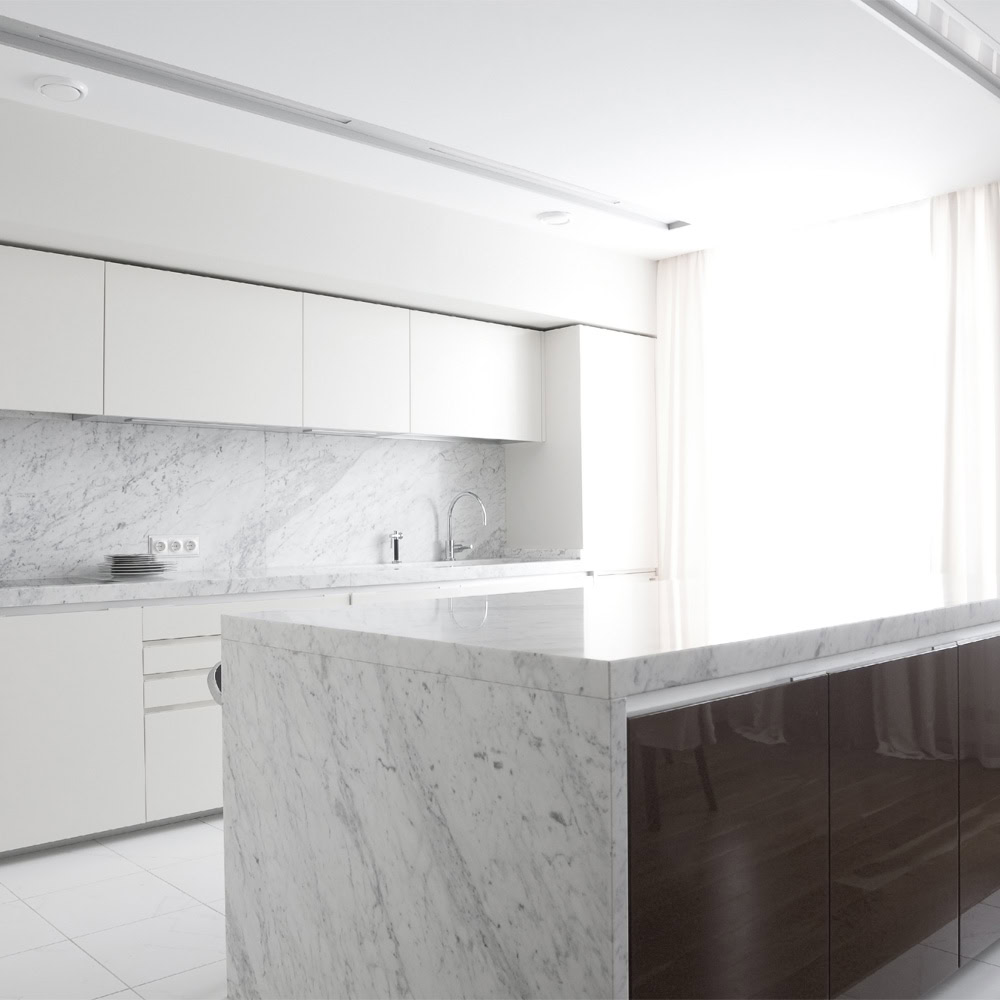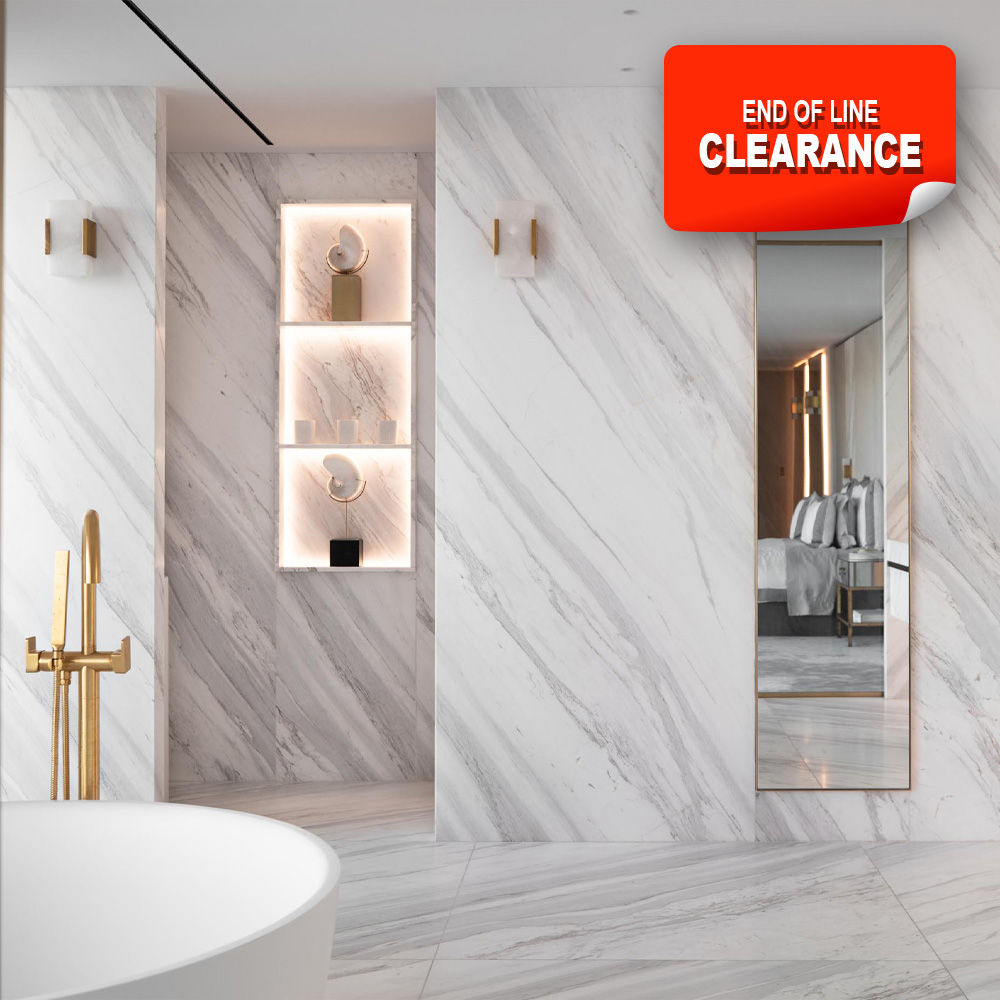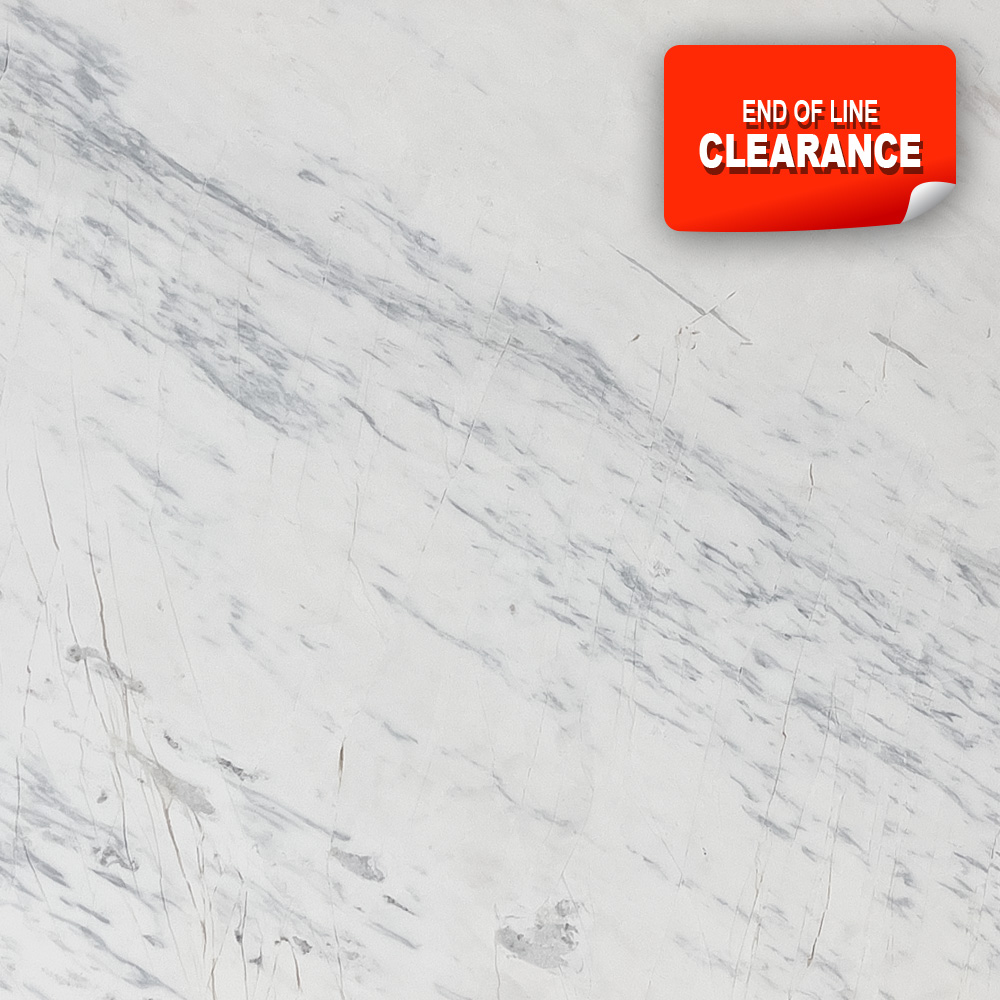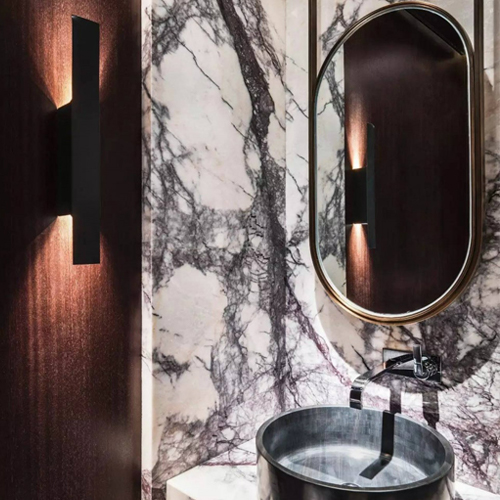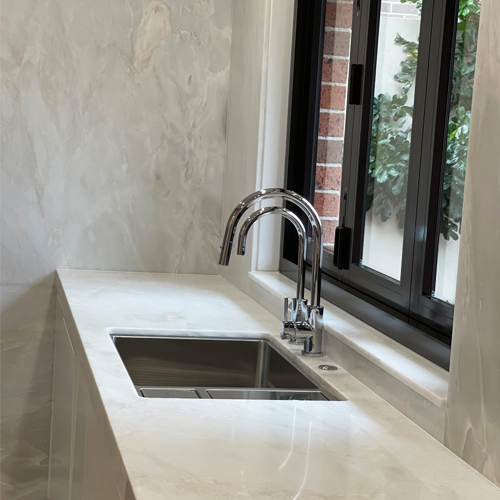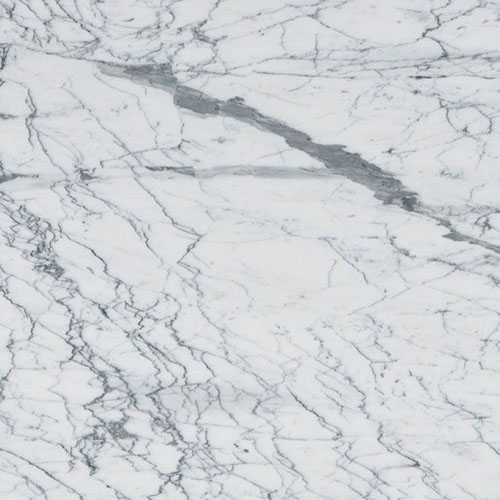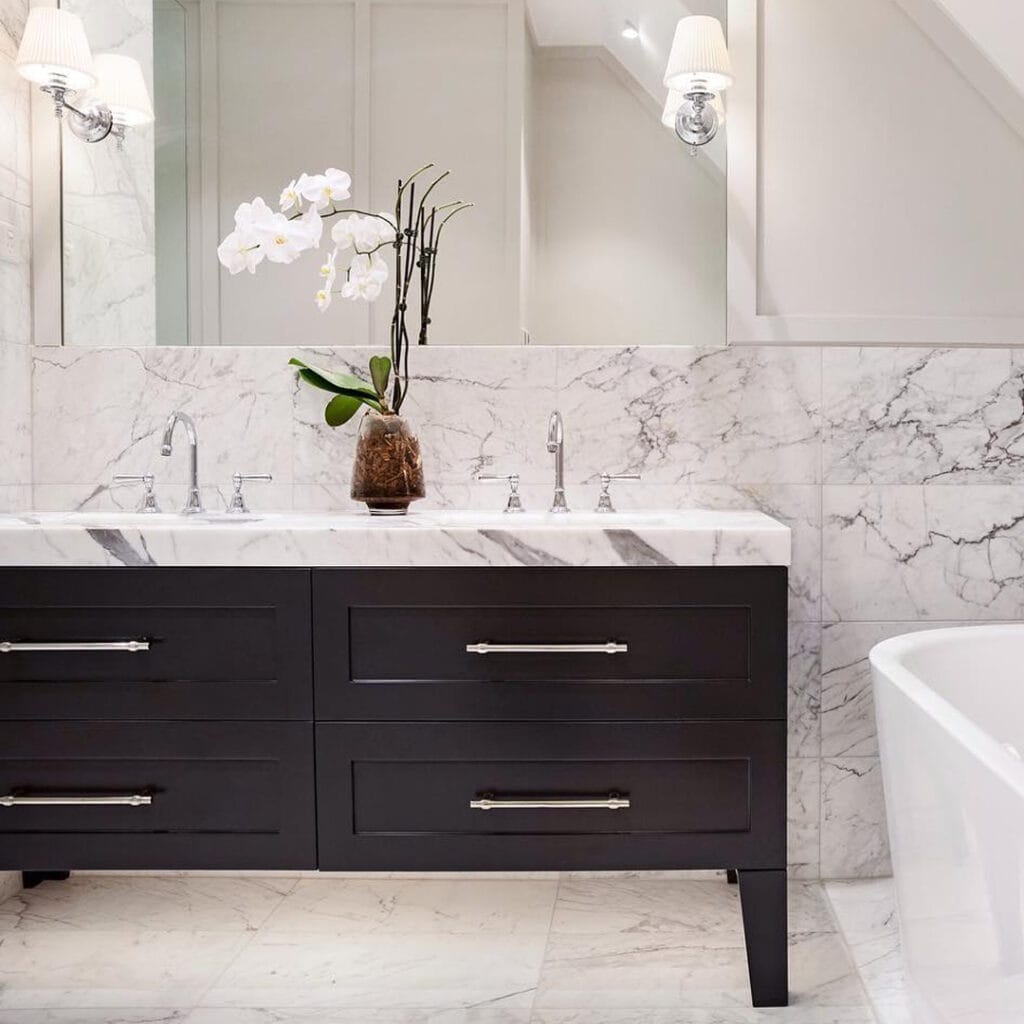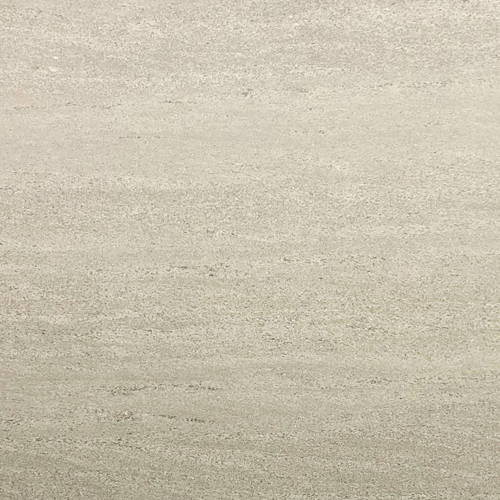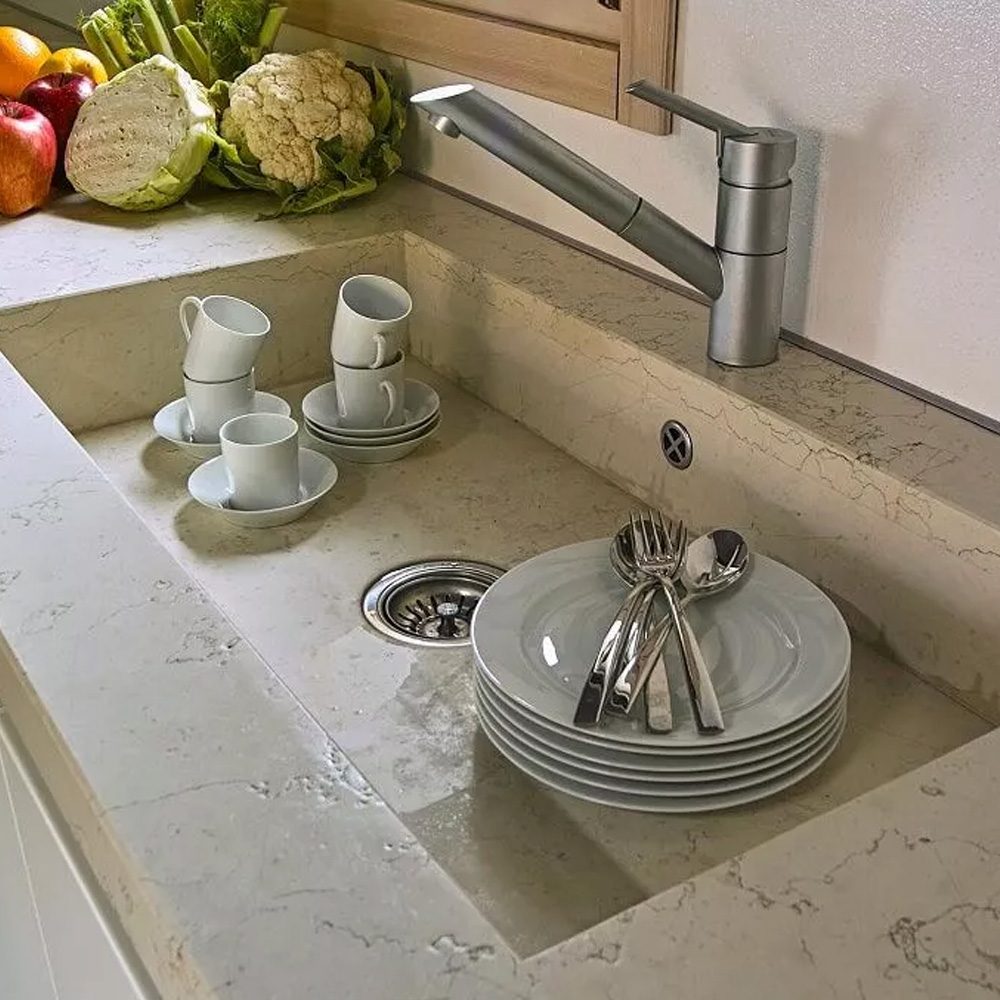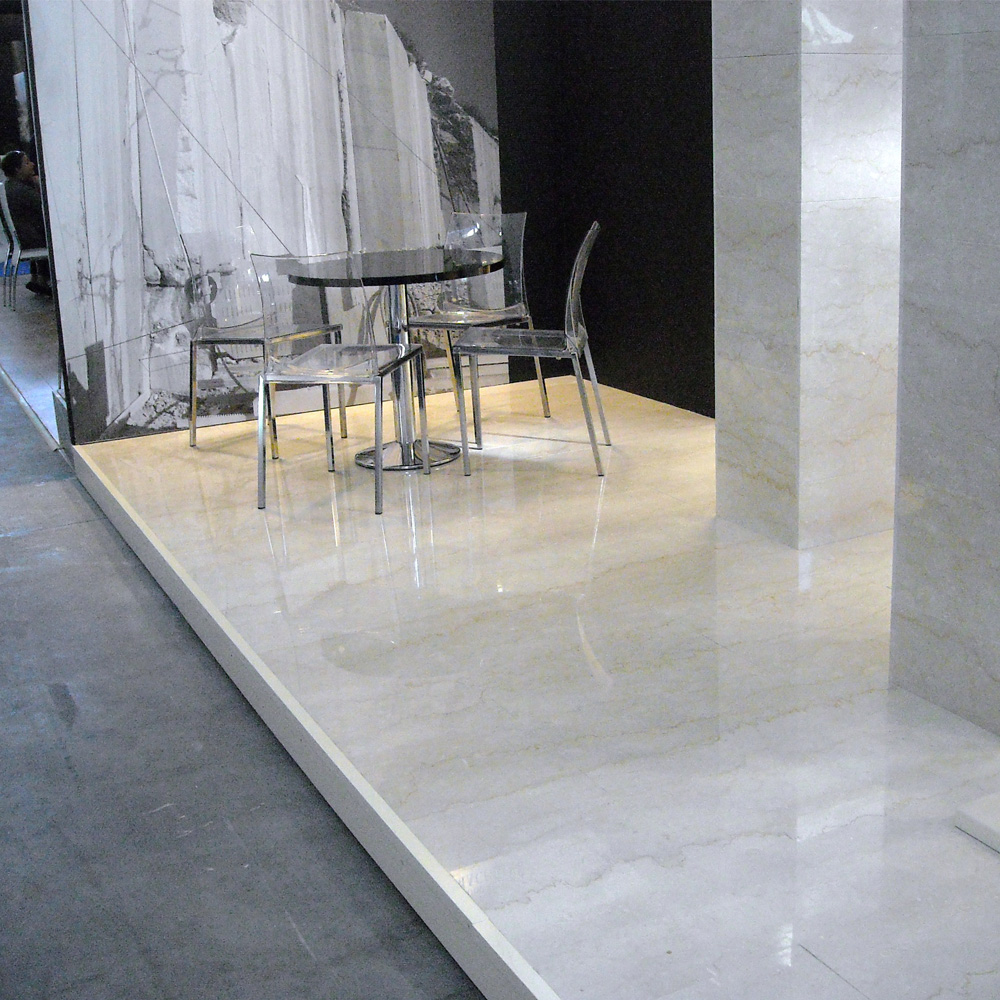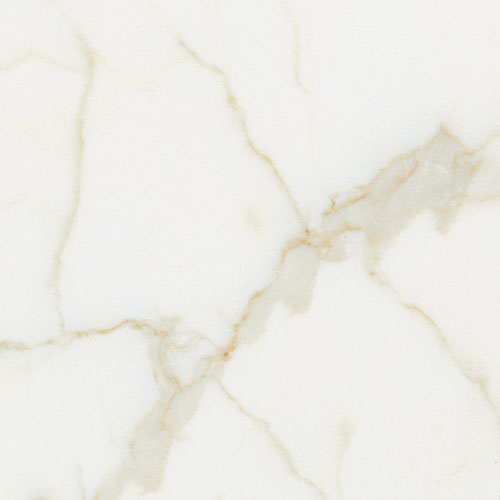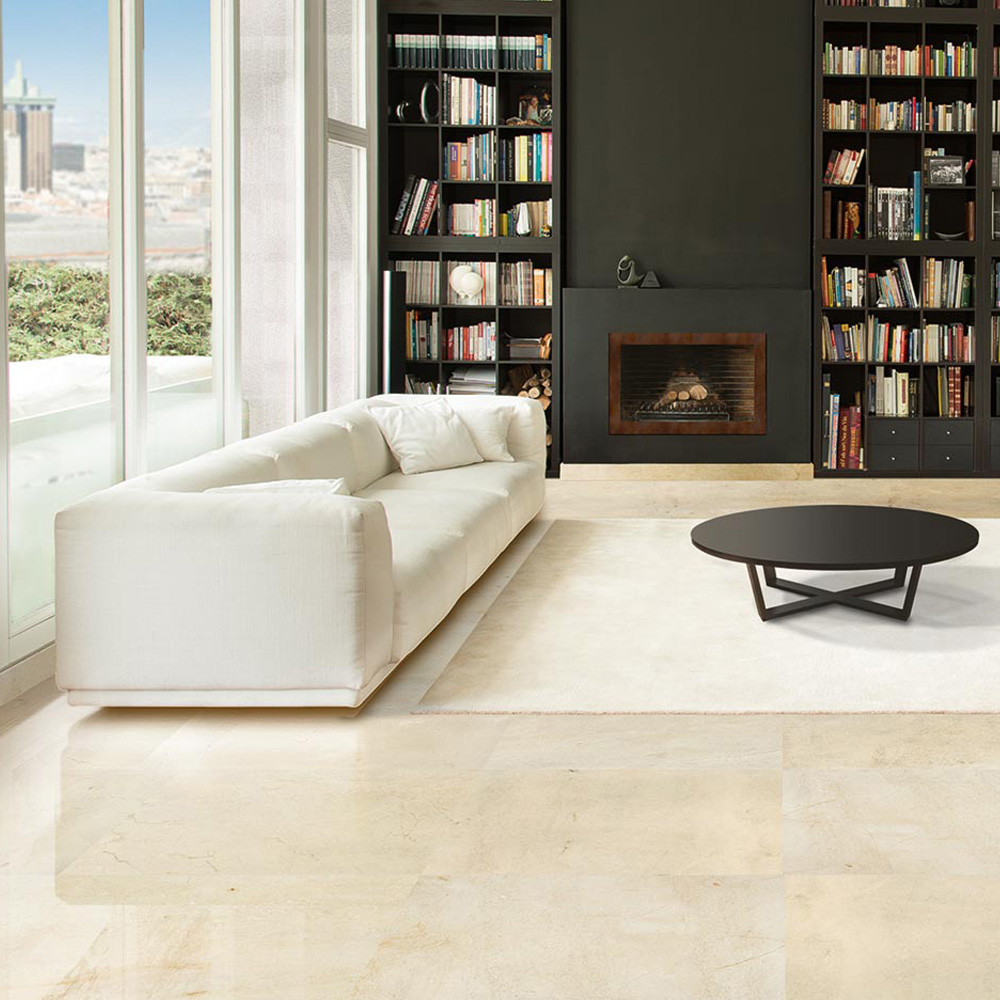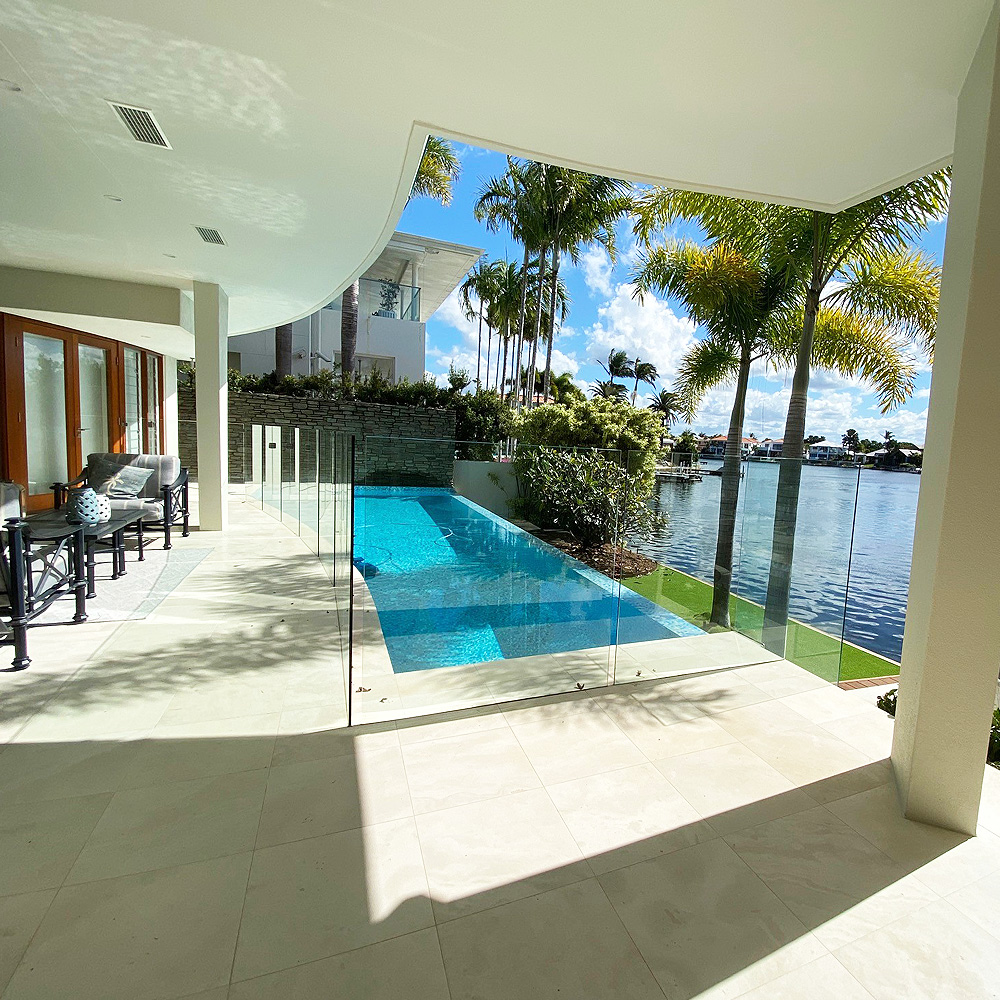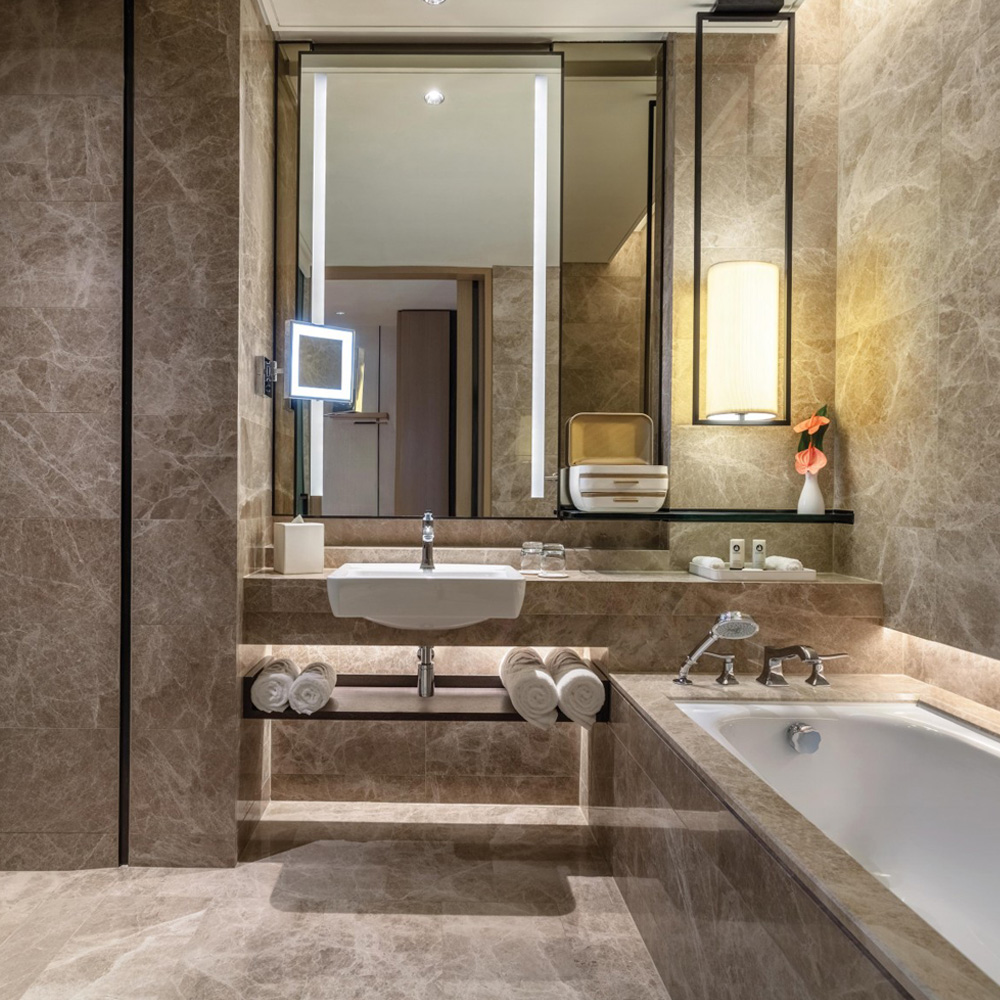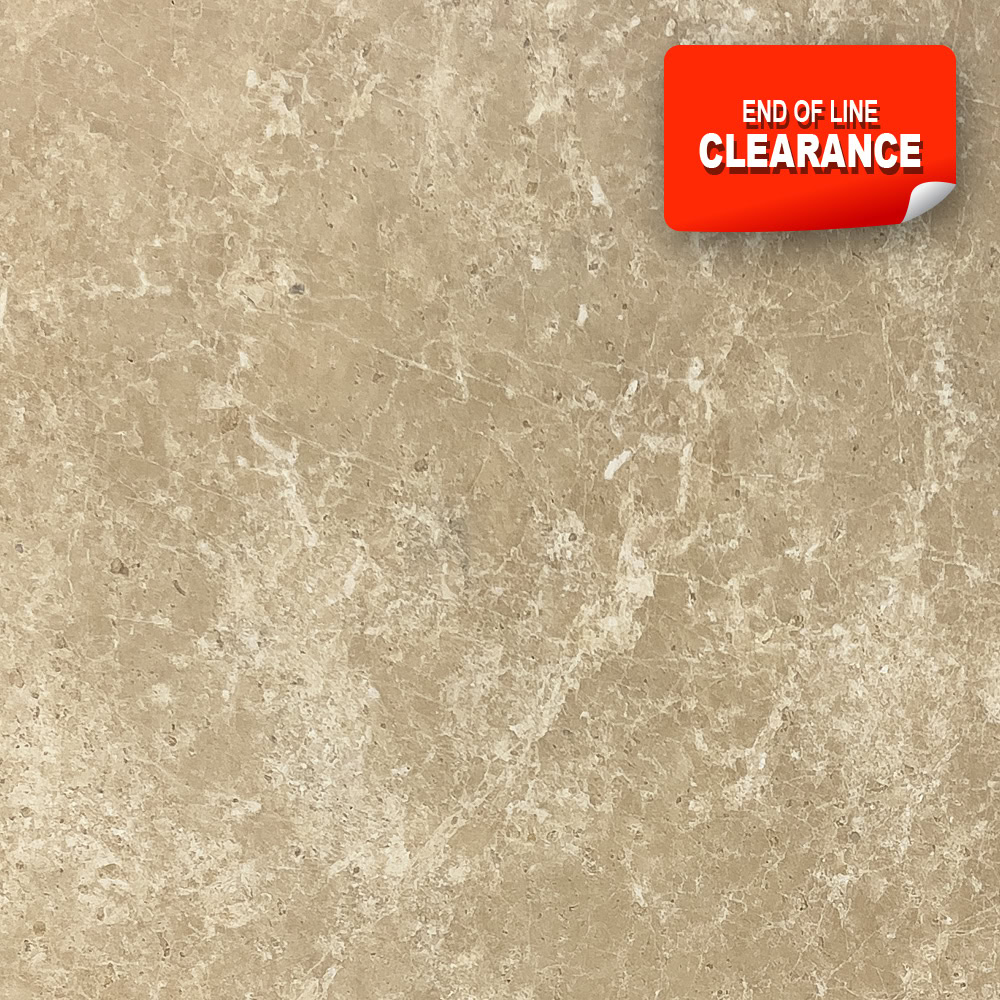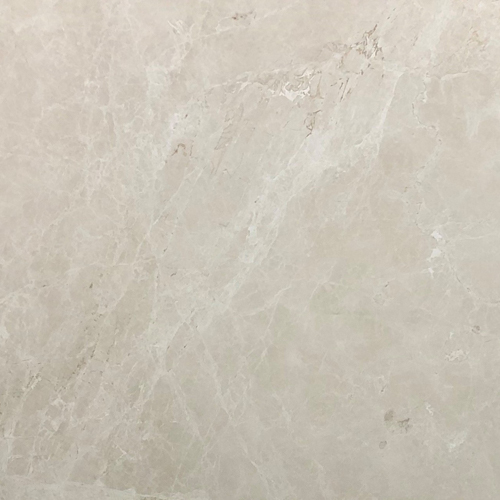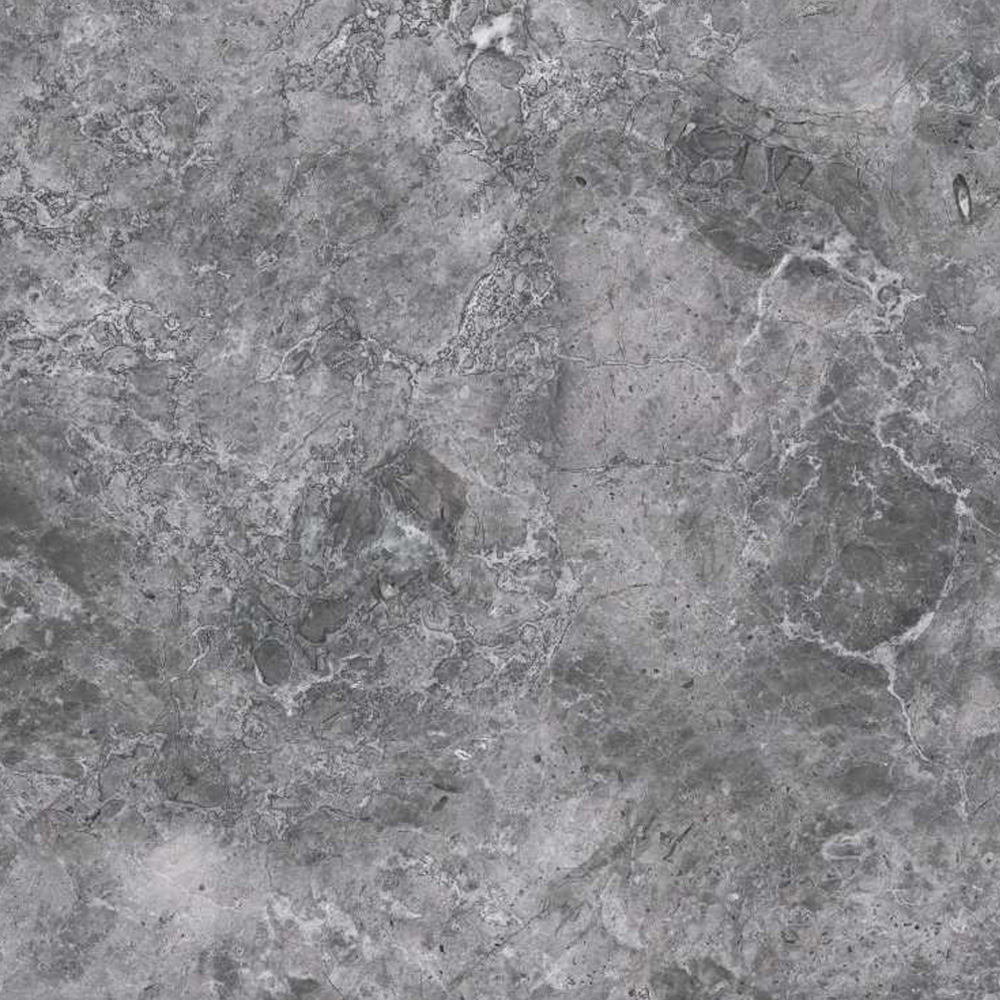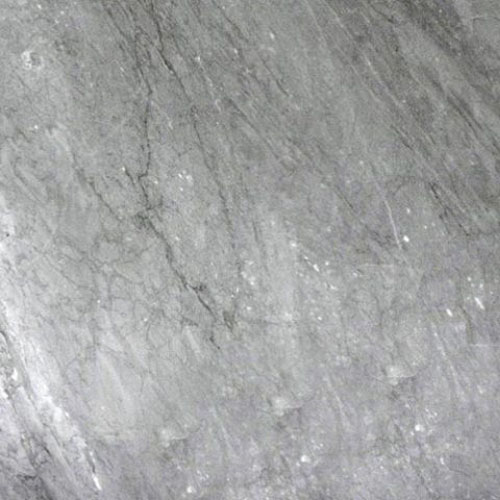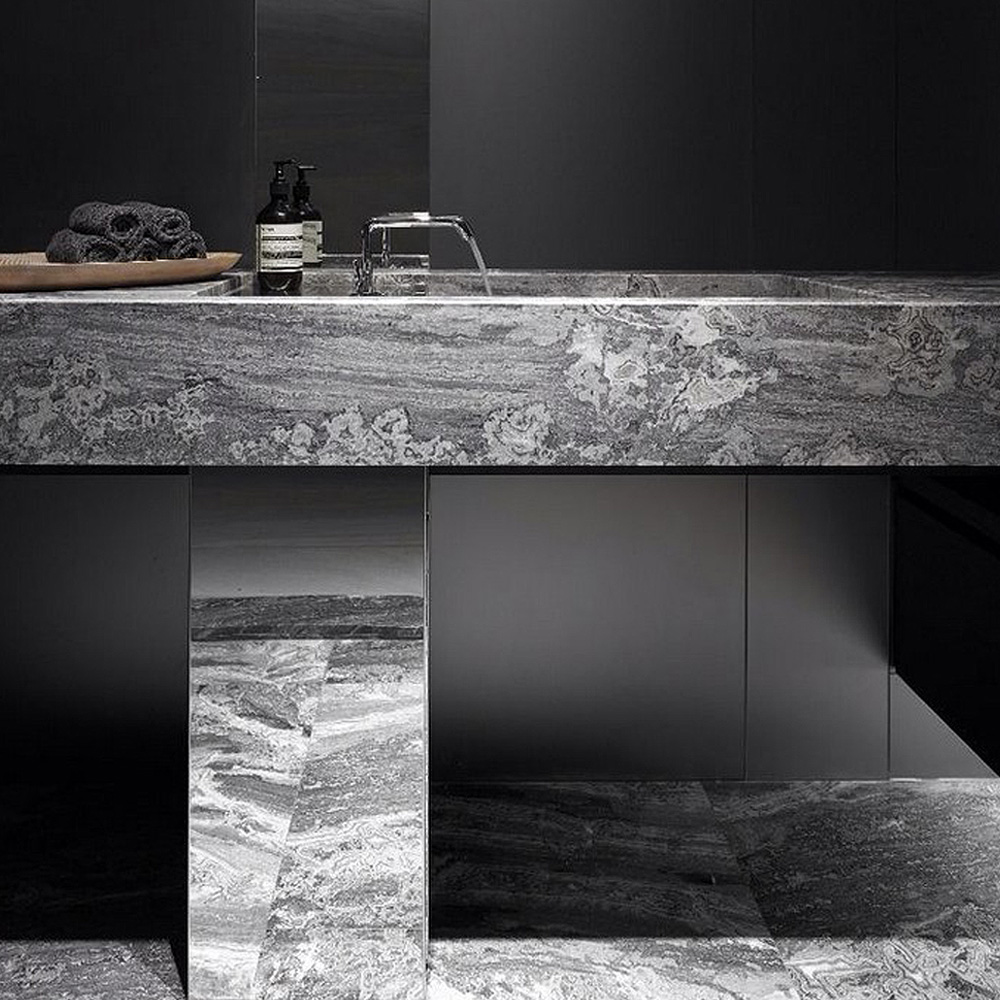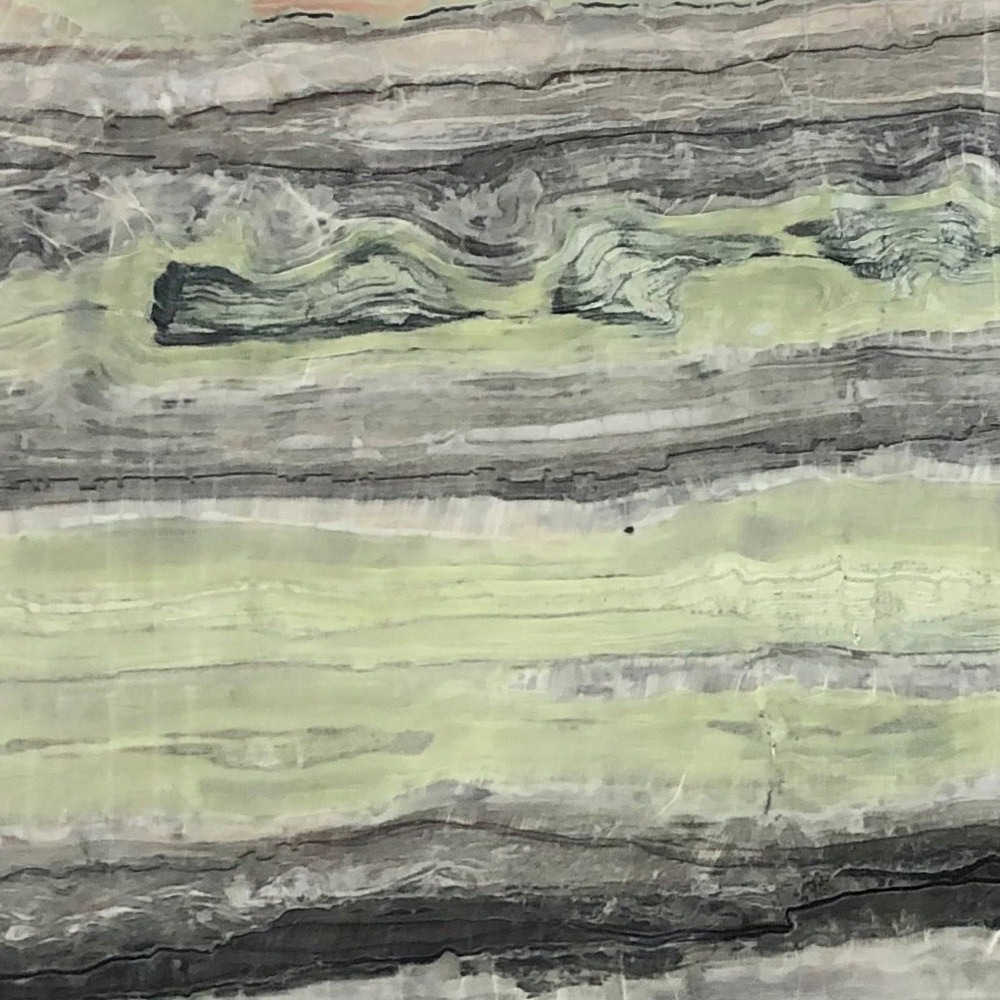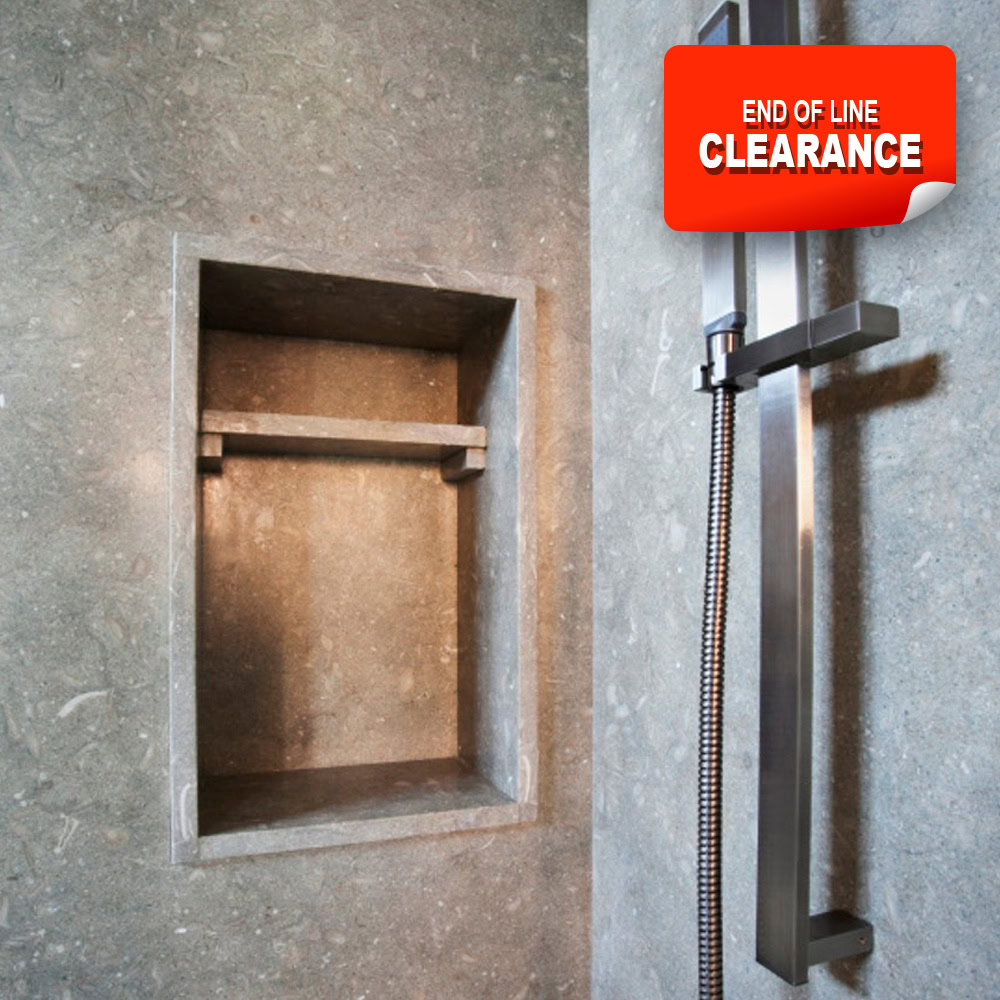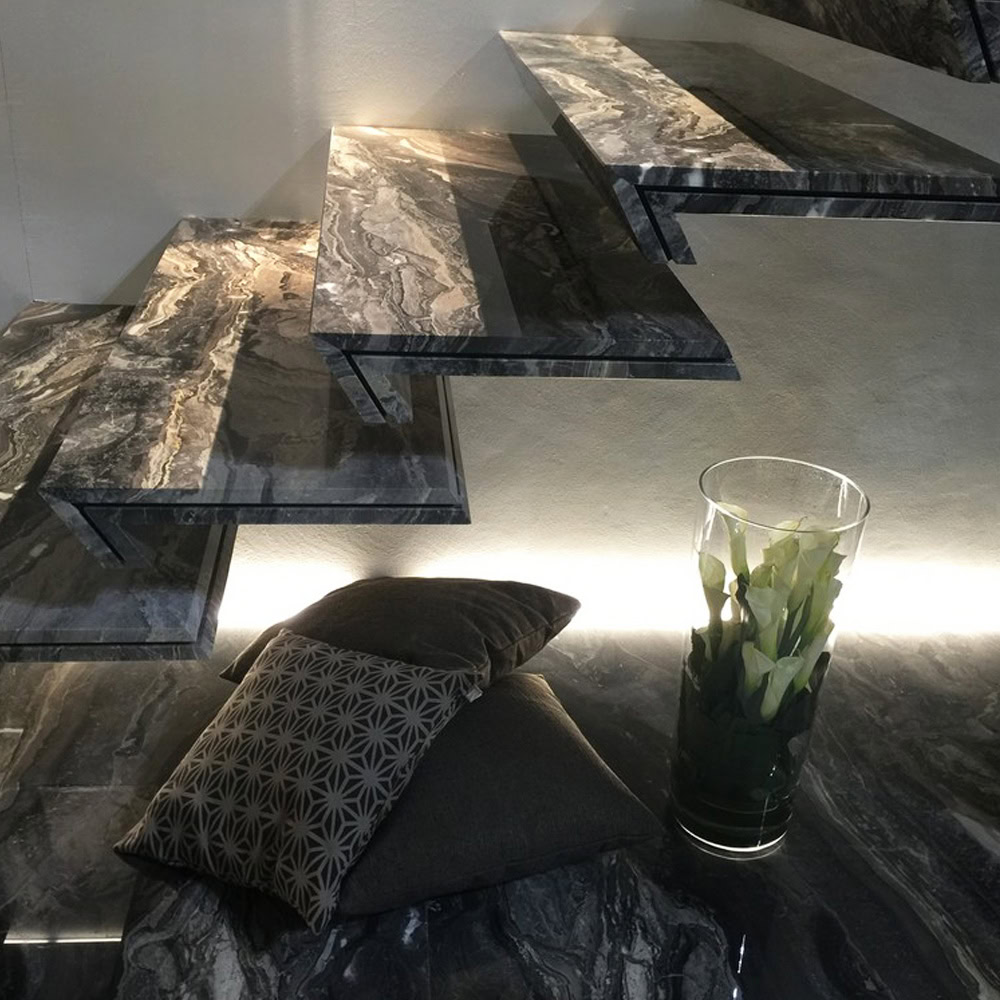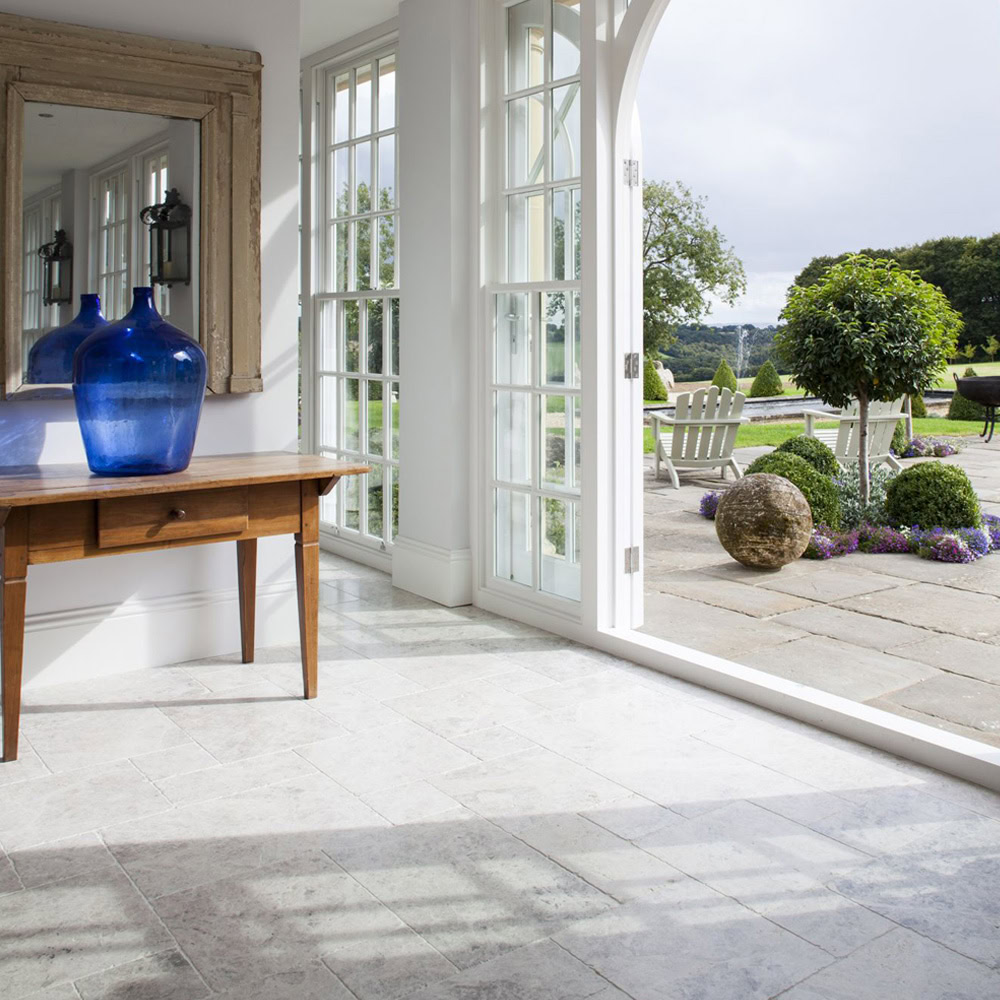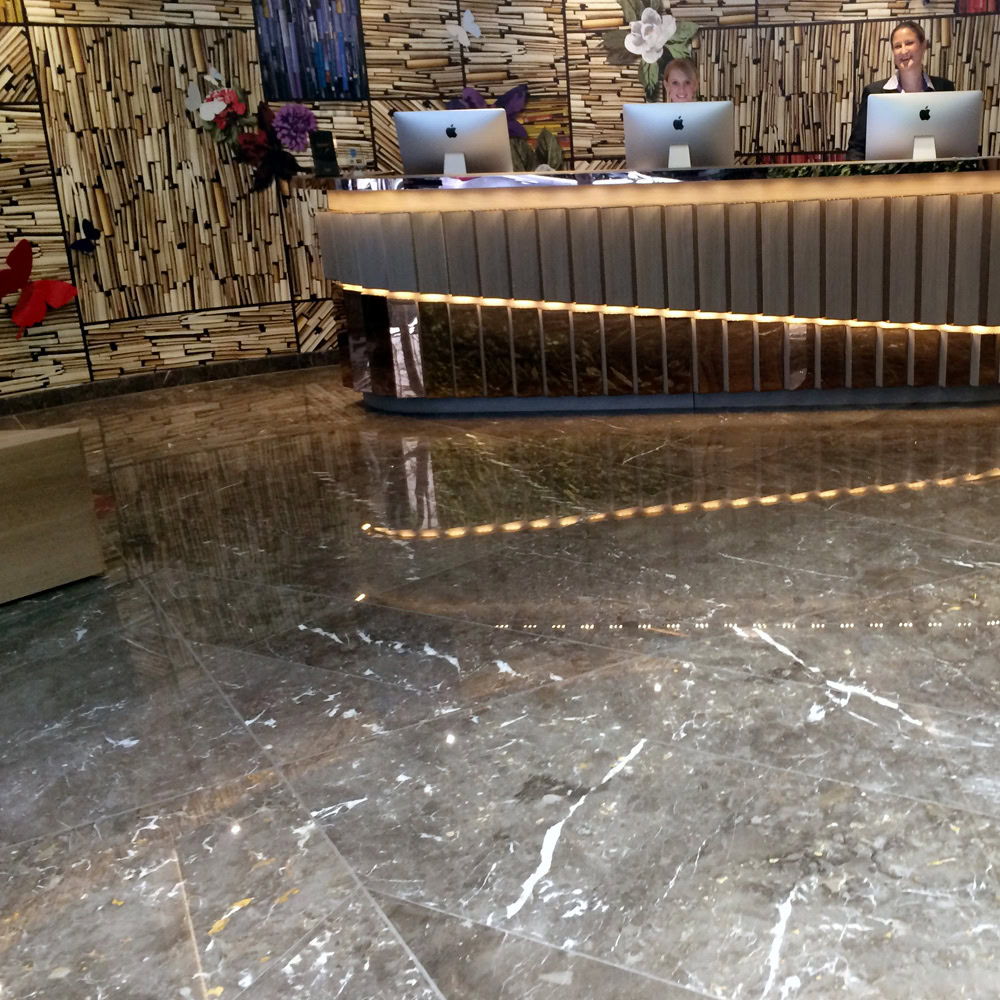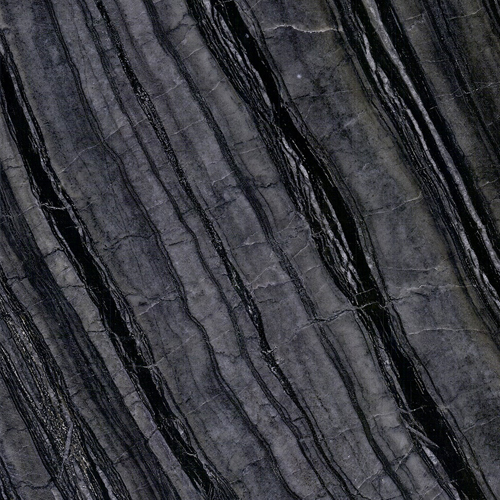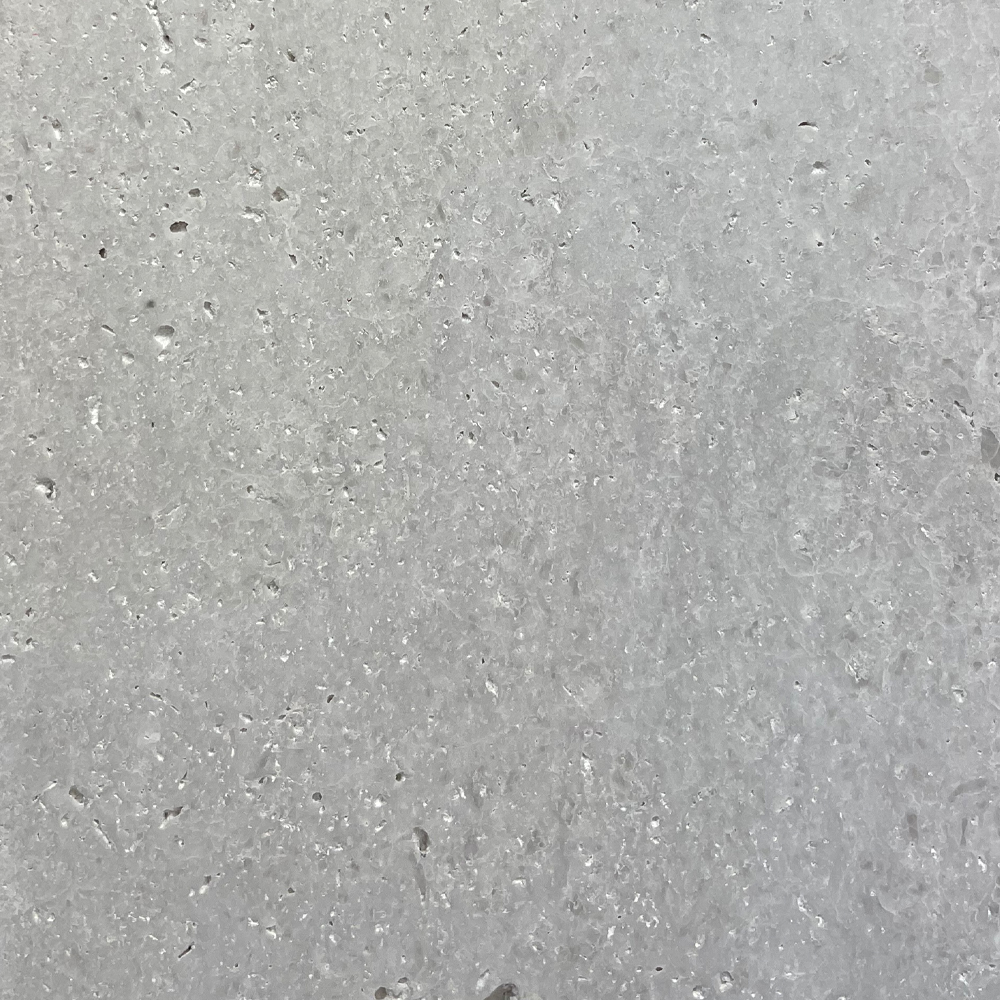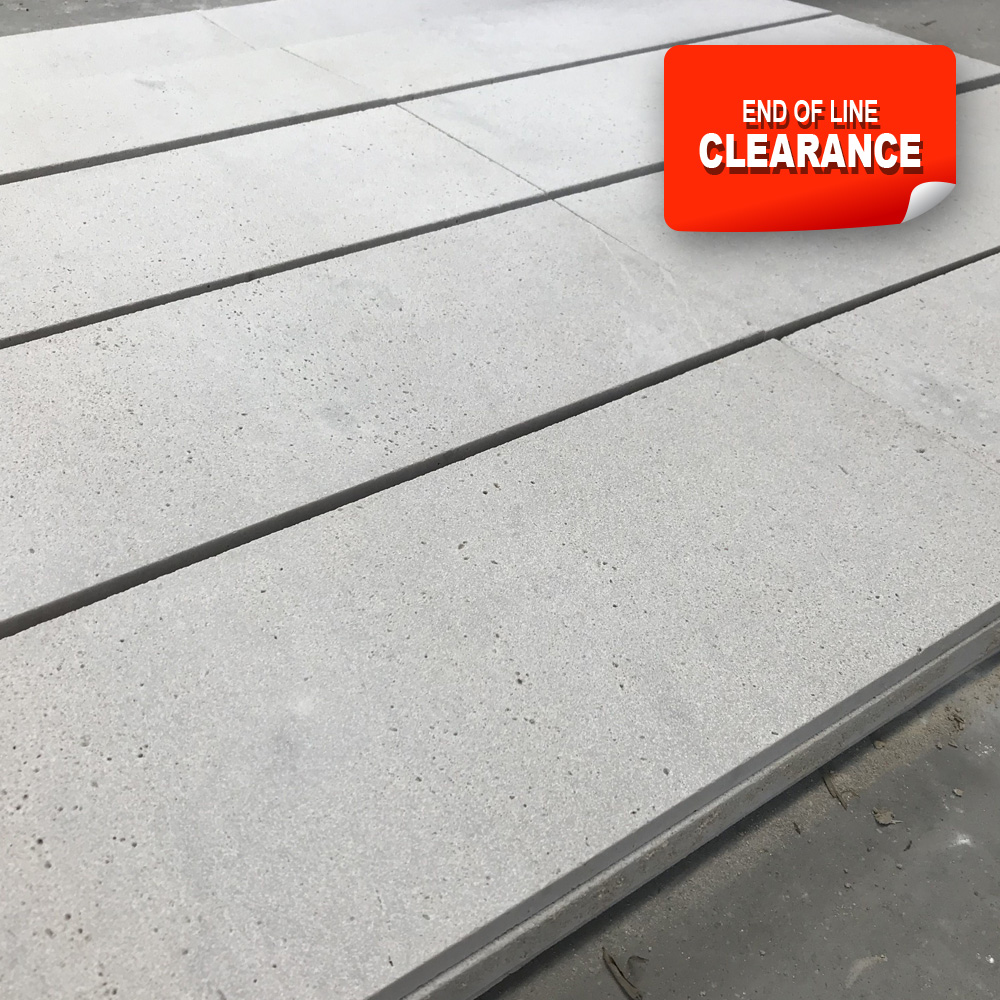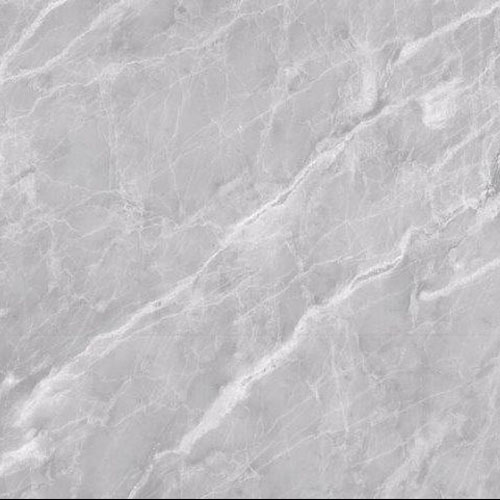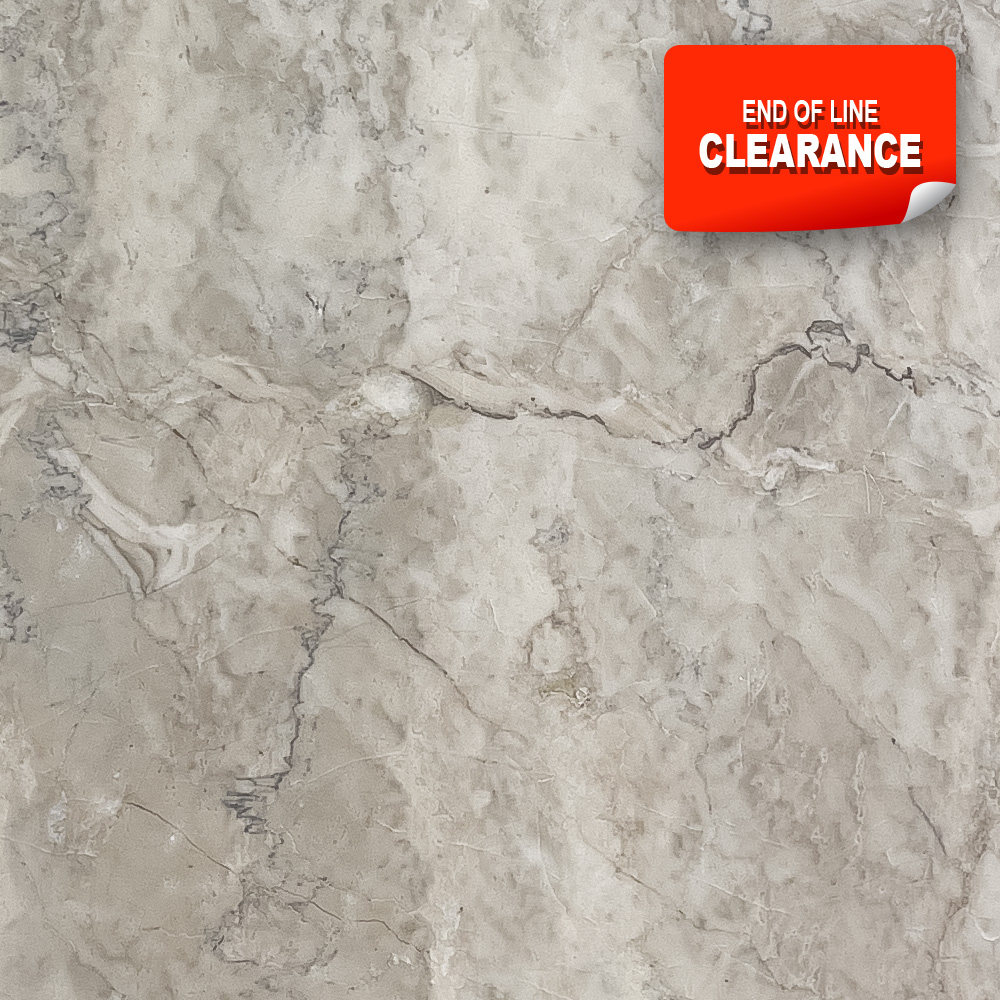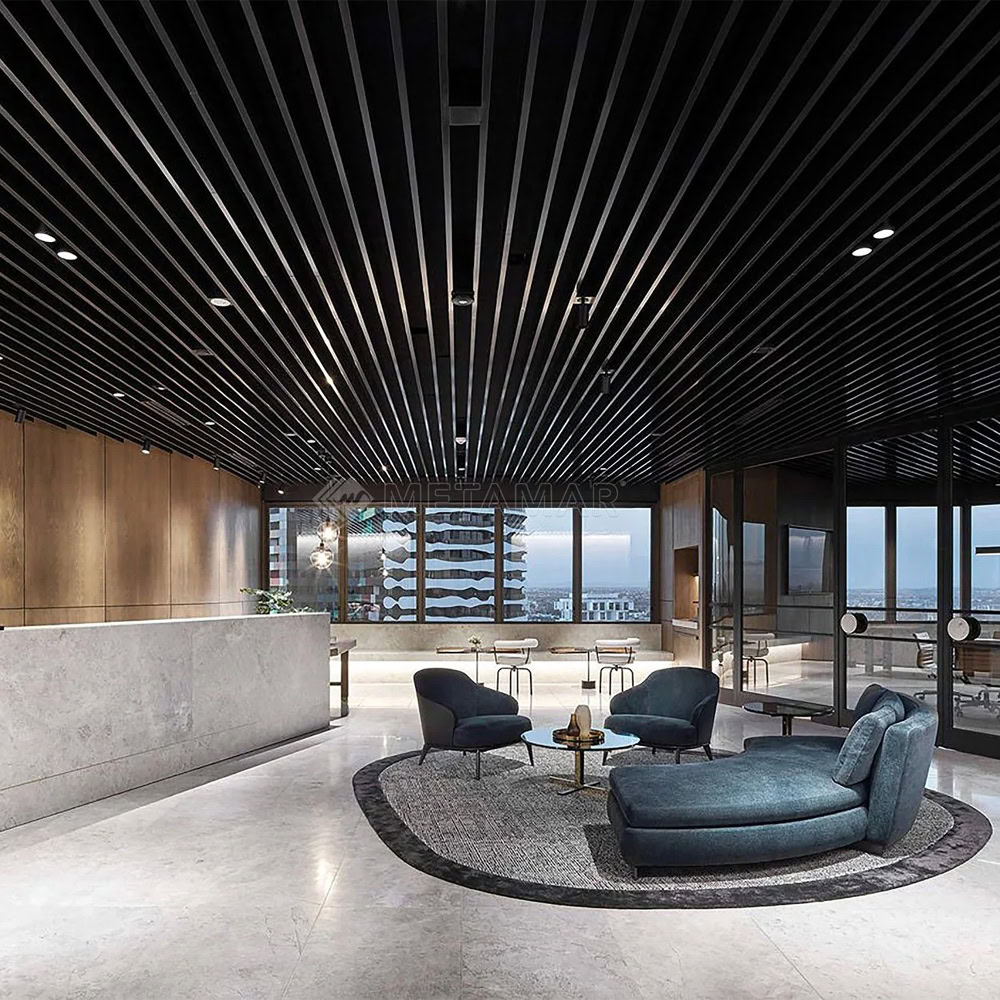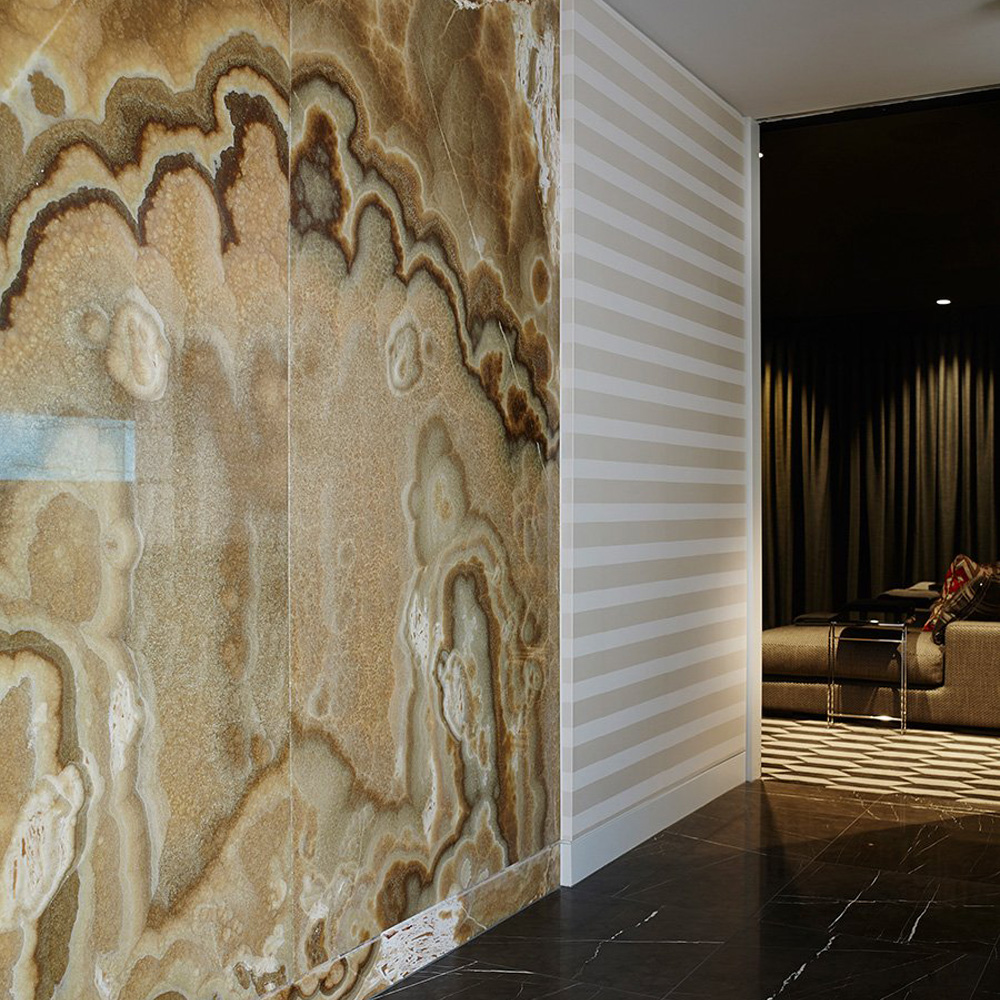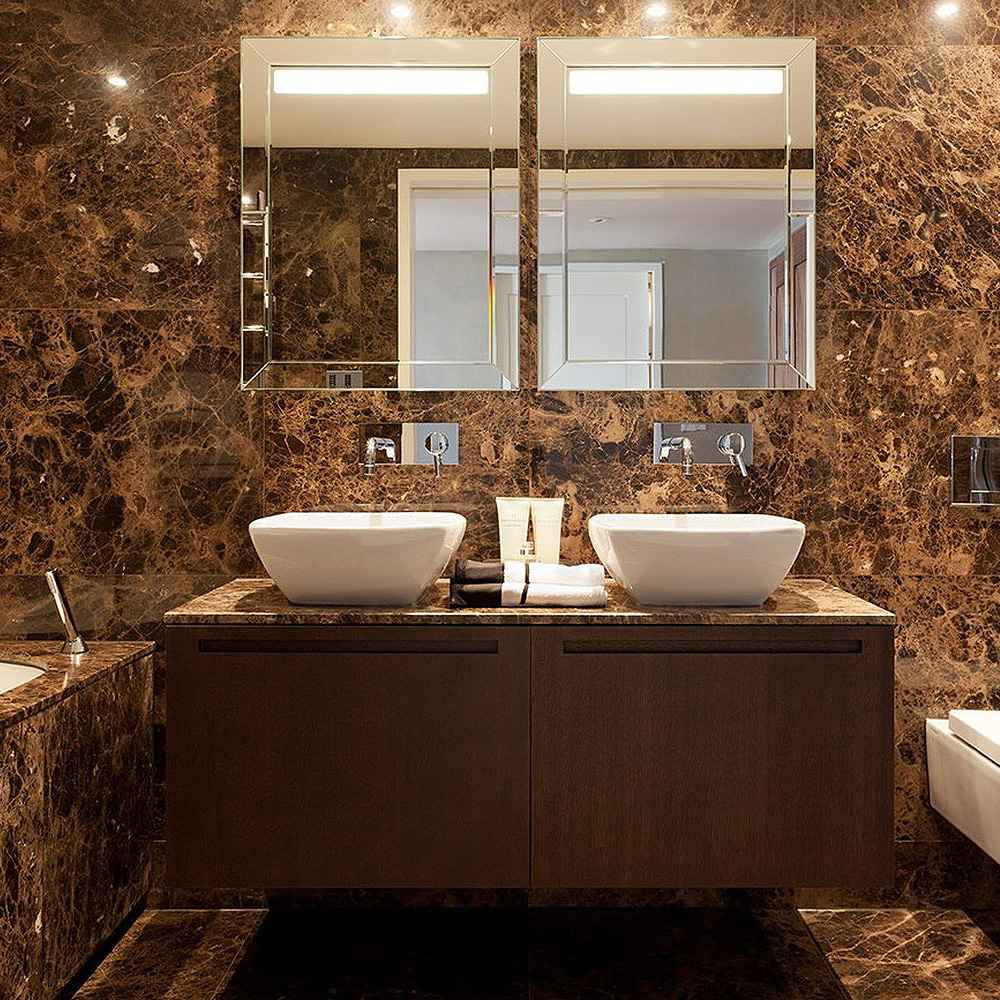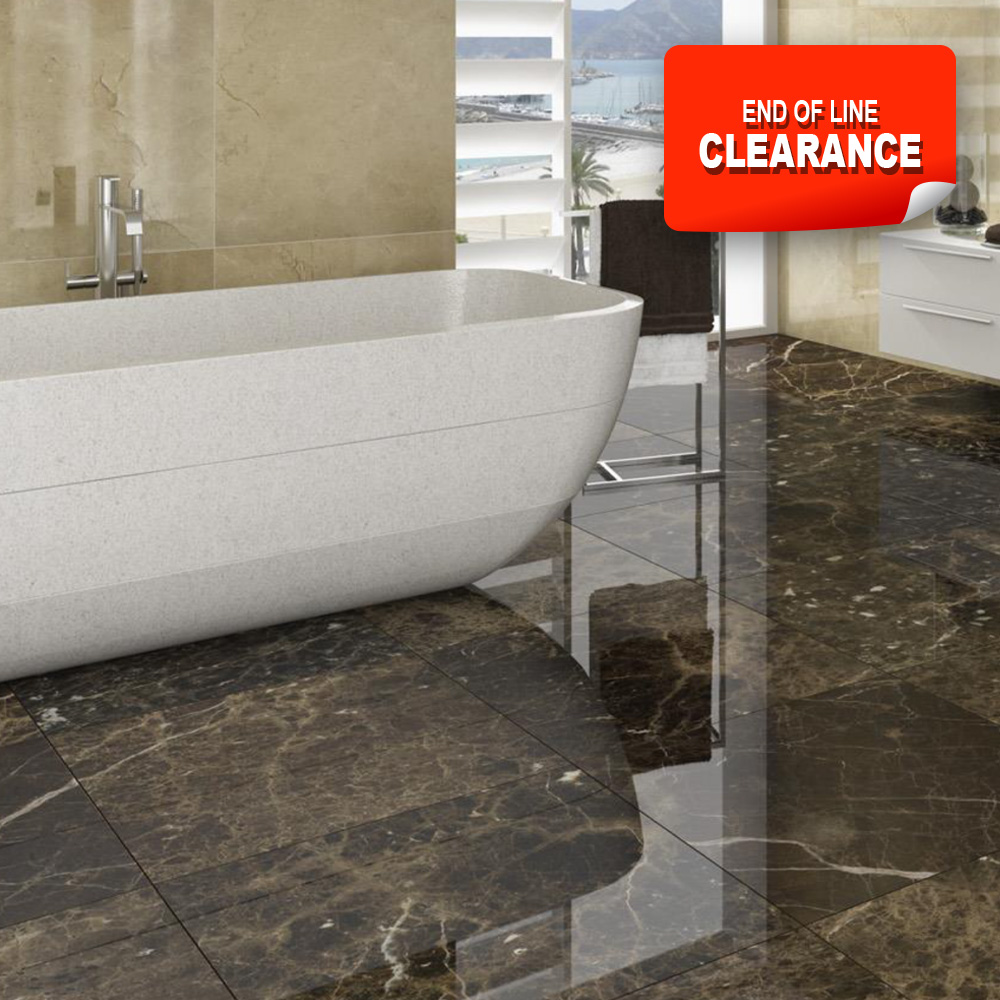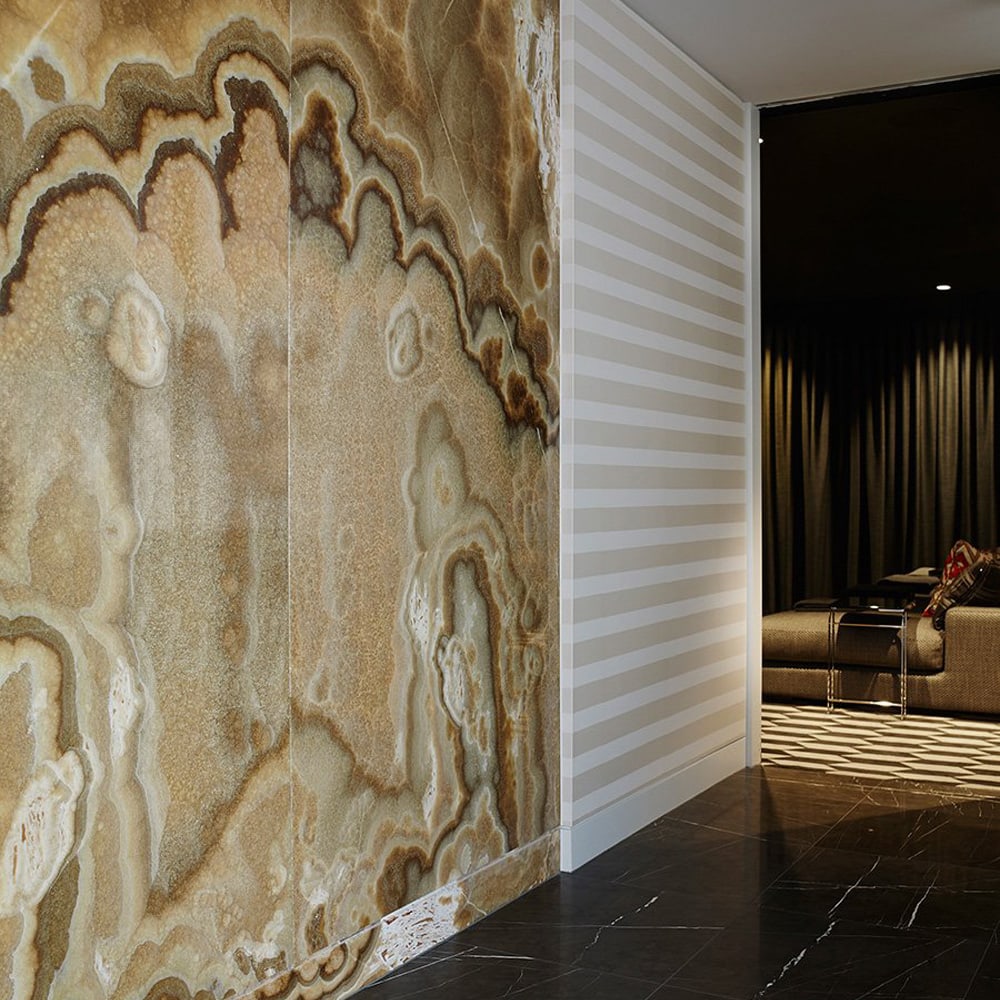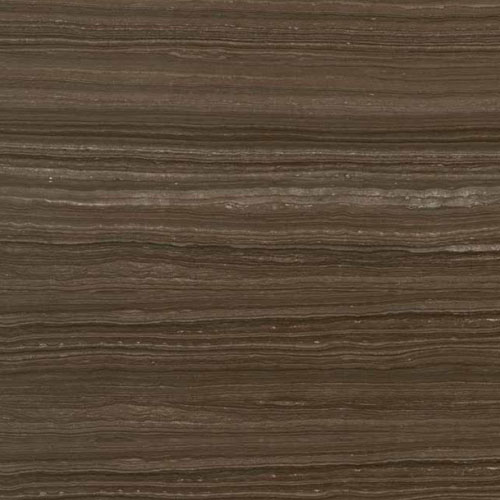MARBLE TILES & SLABS
Marble Tiles & Slabs
Marble tiles have long been the world’s most popular surface materials. Whether used as flooring, wall cladding, or simply decoratively, marble tiles give a space a sense of luxury, sophistication, and enduring quality.
Opting for marble tiles is a great choice for those looking to introduce natural stone into their home without inconvenience. As tiles, marble becomes an extremely versatile material, capable of covering irregular large spaces or small spaces with ease.
With superb insulating properties, marble floor tiles are also a great way to keep cool in the summer and warm in the winter when accompanied by under-floor heating.
With a variety of colours, finishes, and patterns to choose from, browse RMS Marble’s collection of marble tiles to start planning your next project.
Largest Range of Marble Floor & Wall Tiles in Sydney
Whether it is marble floor tiles to cover bathroom or main living room floors or marble wall tiles to enhance an ensuite or bathroom, RMS Marble has one of the largest ranges to choose from. If your search involves Marble Tiles Sydney then visiting RMS marble at our warehouse and showroom should be on the list of places to go. Here you will be able to browse through a selection of bathroom & kitchen stone slabs and tiles which include the classic stones as well as the more contemporary colours. Whether the project is indoors or outdoors you will find a range of marble to suit most tastes.
Contact Us or Visit Our Sydney Showroom
Located near Sydney Airport RMS Marble has a large range of Stone tiles, Stone slabs and accessories that you can view in our showroom /warehouse. Bring along your drawings and colour palette so we can help find the perfect stone products for you.
The Benefits of Marble Tiles:
Durability
With a long history of use as flooring, marble tiles are still extremely durable. Forged by geological processes, marble’s sedimentary crystalline structure means its capable of withstanding heavy footfall when used as a floor tile. Tiles sizes being generally smaller than large slabs of stone are also less prone to cracking under high pressure or impact.
Marble’s composition also means that even after years of use, tiles will display the same veining patterns. This is unlike porcelain and ceramic look-a-like marble, which is prone to fading and deterioration.
Beauty and Style
Marble tiles are incomparable in terms of beauty and style, offering authentic organic patterning and colours.
Due to its natural formation and scarcity, each marble tile is unique and can be used to introduce charm, character, and a touch of luxury. From brecciated marbles to minimalist, clean white stone, there’s a marble tile for all settings.
Sleek-looking marble tiles can be installed to give a seamless, chic effect to a kitchen or living space, whereas tiles with detailed veining can give a sense of luxury.
Resale Value
Incorporating marble into your home can add up to 10% to its value. People consider marble to be one of the finest design materials in the world due to its rarity and aesthetic desirability. Adding marble tiles is one of the easiest ways to introduce the material and can be considered a sound investment.
Versatility
Marble tiles are extremely versatile and can be installed as flooring and a wall surface. Cut to a smaller size, tiles can be placed and recut to accommodate any space with only basic power tools needed. With a huge variety of colours available, marble tiles are also able to match existing cabinetry, benchtops, and furniture.
Designing with Marble Tiles:
Choosing the Right Type of Marble Tile
All marble has a degree of porosity so sealing tiles after installation helps to ensure contaminants will not enter the deep structure of the stone. Some of the main considerations when choosing a stone is the type of marble, thickness of the tiles appropriate for the chosen tile size and surface finish.
As a tile, marble may have to bear the weight of refrigerators, appliances, and furniture. Marble features a sedimentary layer of limestone fused and crystallised that makes it extremely difficult to shatter or crack, but brecciated marbles may encounter issues if natural faults are present and the tiles are too thin for the environment..
Colour and Veining
Marble tiles come in a wide range of colours with a variety of veining densities. Dense veining will give a strong impression but can be difficult to match patterns in tiled form unless very consistent material is chosen.
For a modern look, lightly veined white marbles are a popular choice. Recent trends have also seen darker, grey tiled marble used to accent lighter decor.
If a more lavish style is desired, consider tiles with stronger colour tones. Marble can even be found in pinks, reds, greens, and gold. These also work well alongside natural materials such as wood or copper fittings.
Choosing the Right Marble Finish
Tiles can be finished to your own requirement.
Glossy, polished tiles give a bright surface that will reflect light back into a room. Honed tiles have a softer glow and a more natural appearance. For enhanced texture and grip, consider a leather finish which will enhance the natural grain of the marble and add a weathered look, ideal for classic, rustic decor.
Integrating Marble Tiles into Your Home Design
Consider where you will be installing marble tiles and whether additional cutting will be required. It’s also important to plan out any bookmatching or potential pattern issues ahead of time.
Typical marble tile sizes are 600x300mm, 600x600mm, and oblong 600x1200mm. Calculate the square meterage of the surface you wish to tile and divide by the area of your selected tile.
For example, if you’re covering a 3×3 metre space with 600x600mm tiles:
- 3000x3000mm = 9m2
- 600x600mm = 0.36m2
- 9 / 0.36 = 25
- 25 + 10% = 28 tiles
It’s wise to include 10% wastage in your calculations for unforeseen circumstances.
Frequently Asked Questions
How do I choose the right marble?
Marbles have been used for centuries in many different applications and are still providing excellent service in both residential and commercial applications. Choosing the right marble is important to provide both the aesthetic values and long-term functionality. Not all marbles have the same strength or porosity so it is important to fit the marble to the application which may mean thicker stone or different finishes should be considered if colour is the main consideration.
Where can marble tile be installed?
Marble tiles can be used in various interior and outdoor settings in both residential and commercial properties. Marble tiles are often installed in kitchens, bathrooms, foyers, hallways, and externally as cladding. Internally marble will retain its beauty for centuries however externally many marbles will fade over time. RMS can advise on the best materials for either internal or external applications.
How durable are marble tiles?
Many of the most recognised historical buildings have used marble. From the stunning European Churches to Eastern Mosques and buildings like the Taj Mahal, Marble has stood the test of time. Marbles are affected by strong acids and alkalis which may dull any polish or sheen so the key to using marble in the home is to only use neutral cleaners and good quality sealers. When installed and maintained well marble will out-last many Australian homes.
How do you clean marble tiles?
Marble tiles can be cleaned with dish soap and warm water or proprietary neutral stone cleaners. Heavy duty cleaning can be done with a range of commercial stone cleaners suited to the stain and situation. Stone is also a versatile material that can be completely re-surfaced by stone professionals, restoring the stone to its original beauty RMS can advise on the best options if you need to clean or restore your stone.
How do you remove stains from marble?
Most stains can be removed using a solution that includes hydrogen peroxide and a few drops of ammonia. Household detergent is also an option if you clean the stain immediately after you notice it.
Can marble tiles be repaired if damaged?
Yes! Any crack or chip on marble tiles, floors or walls can easily be repaired or replaced. You don’t have to replace your entire flooring to restore the original look of your flooring or wall.

